

ALL
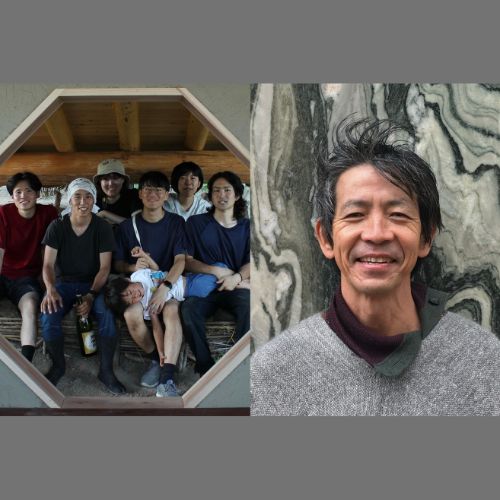
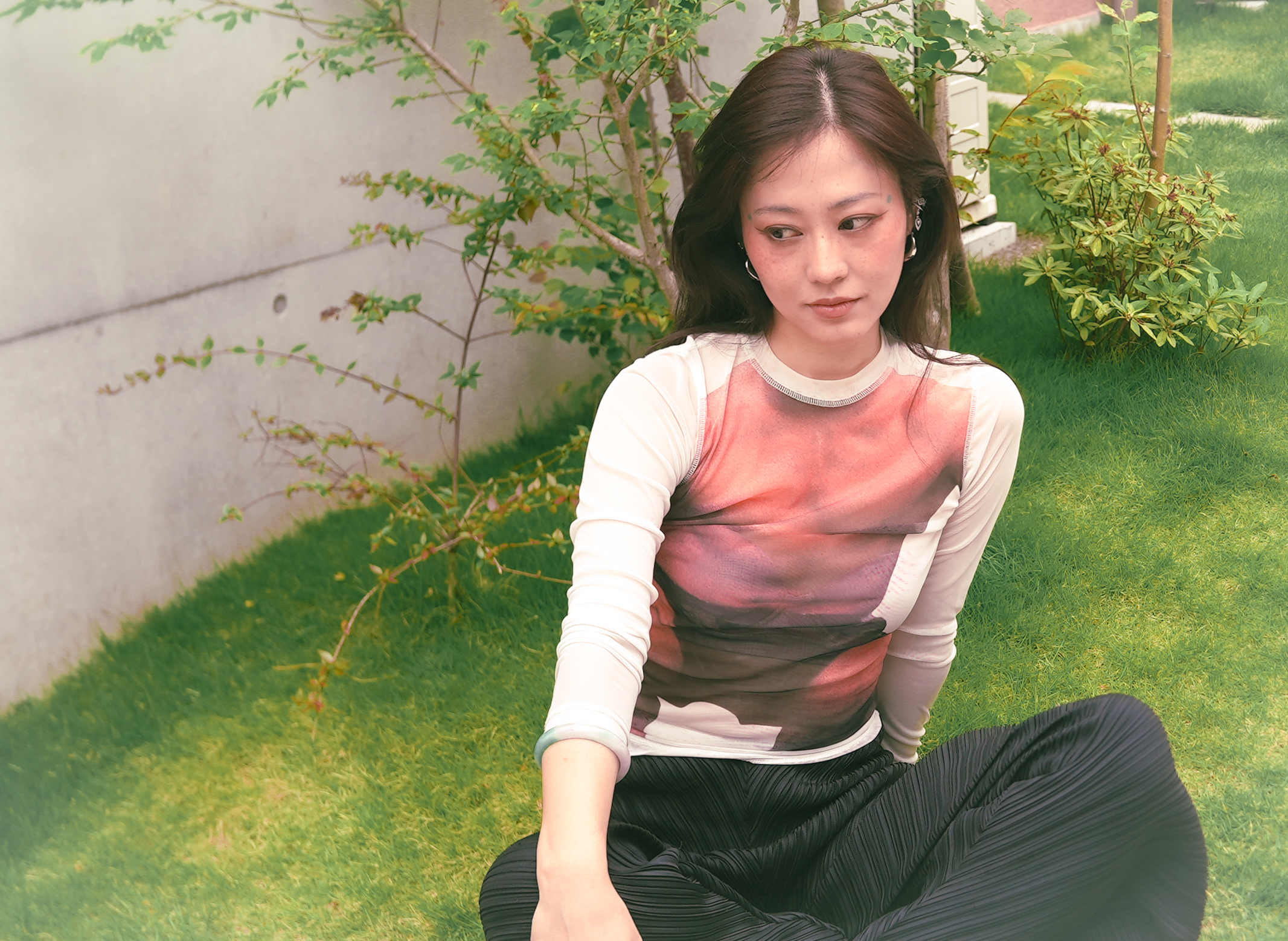

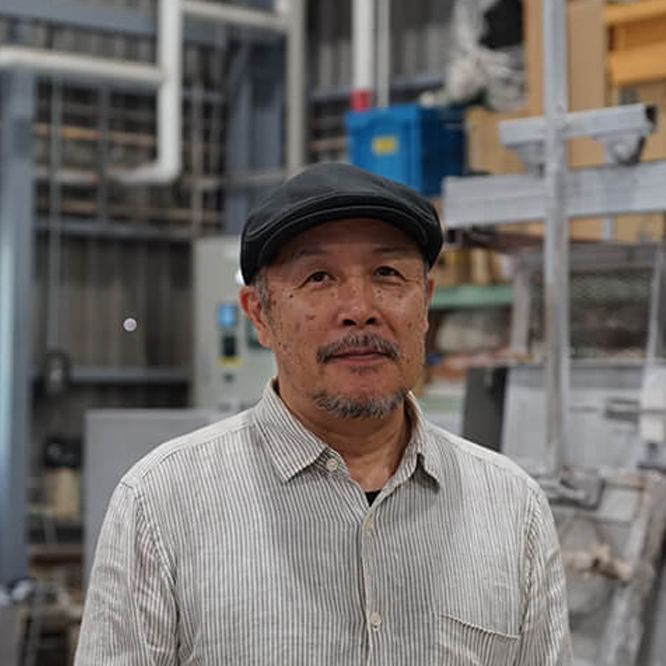
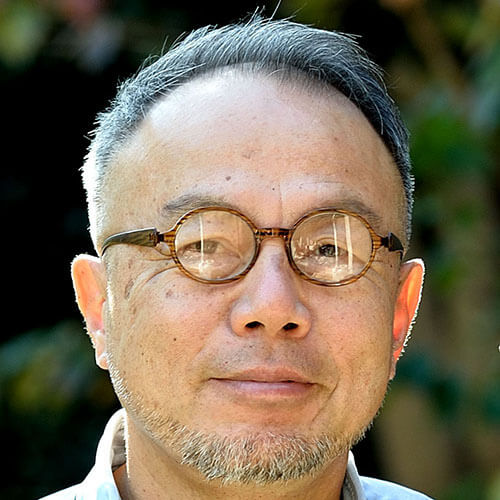
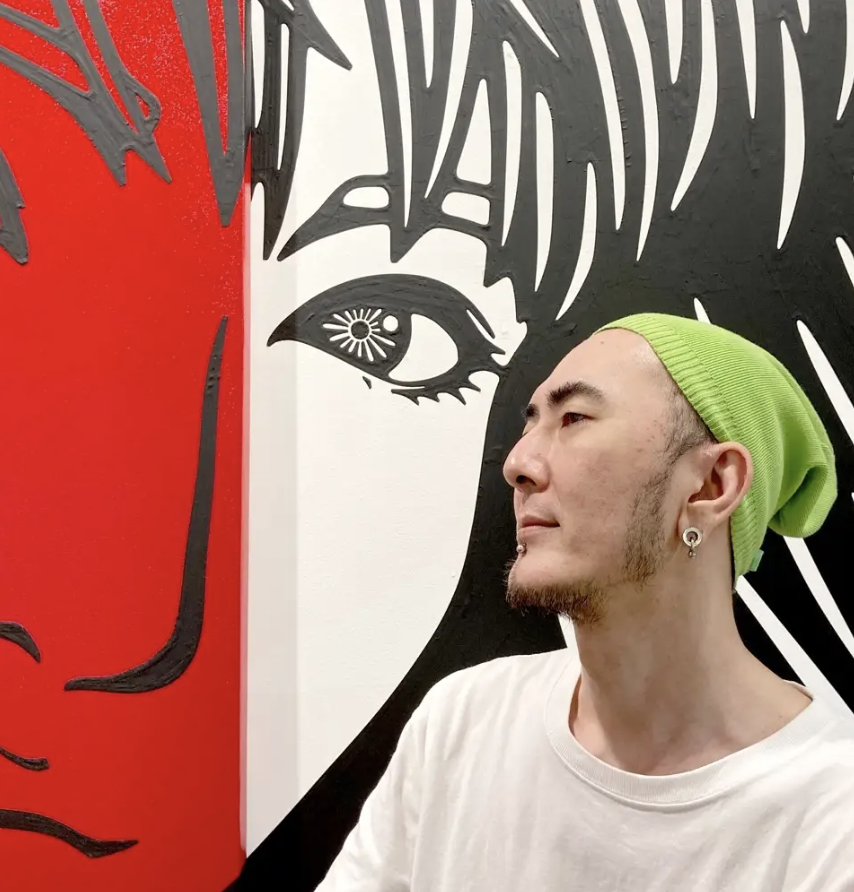
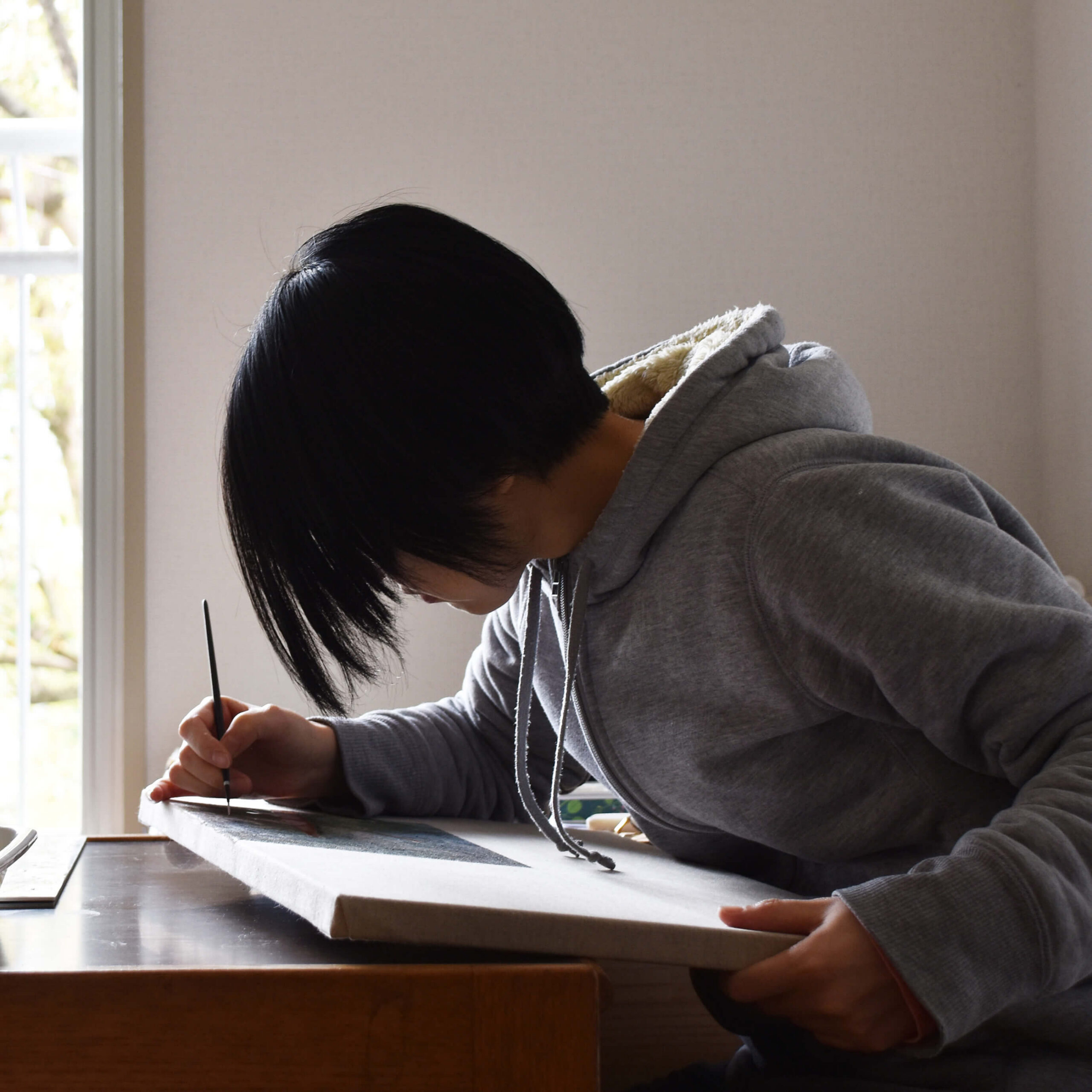

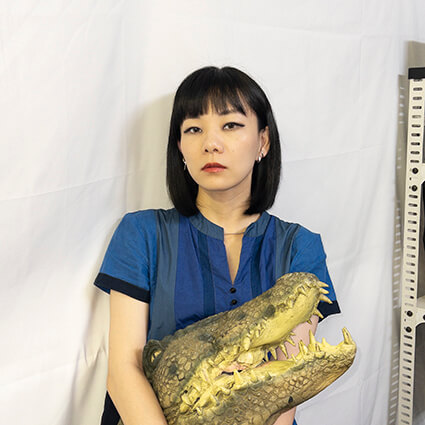
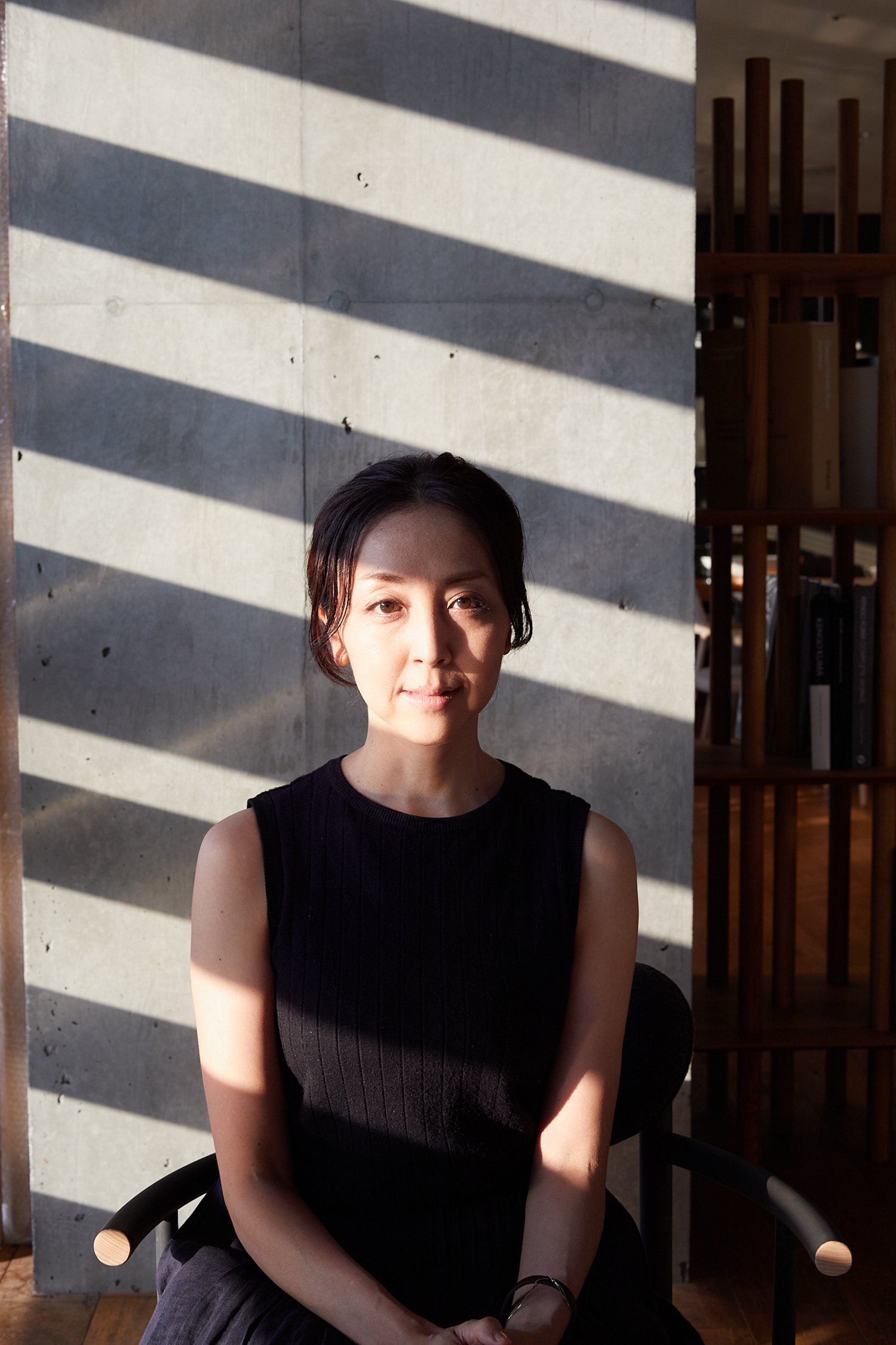
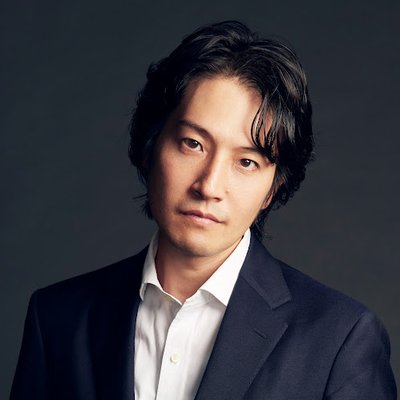


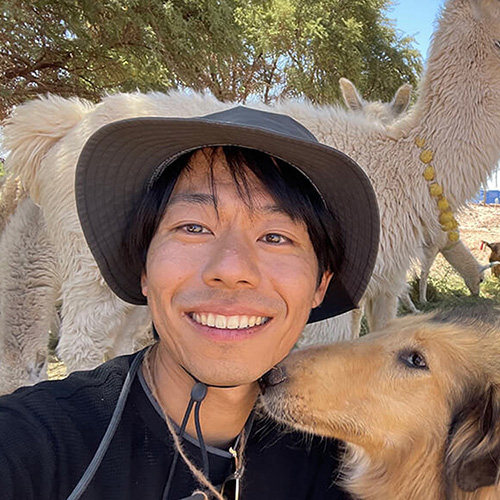
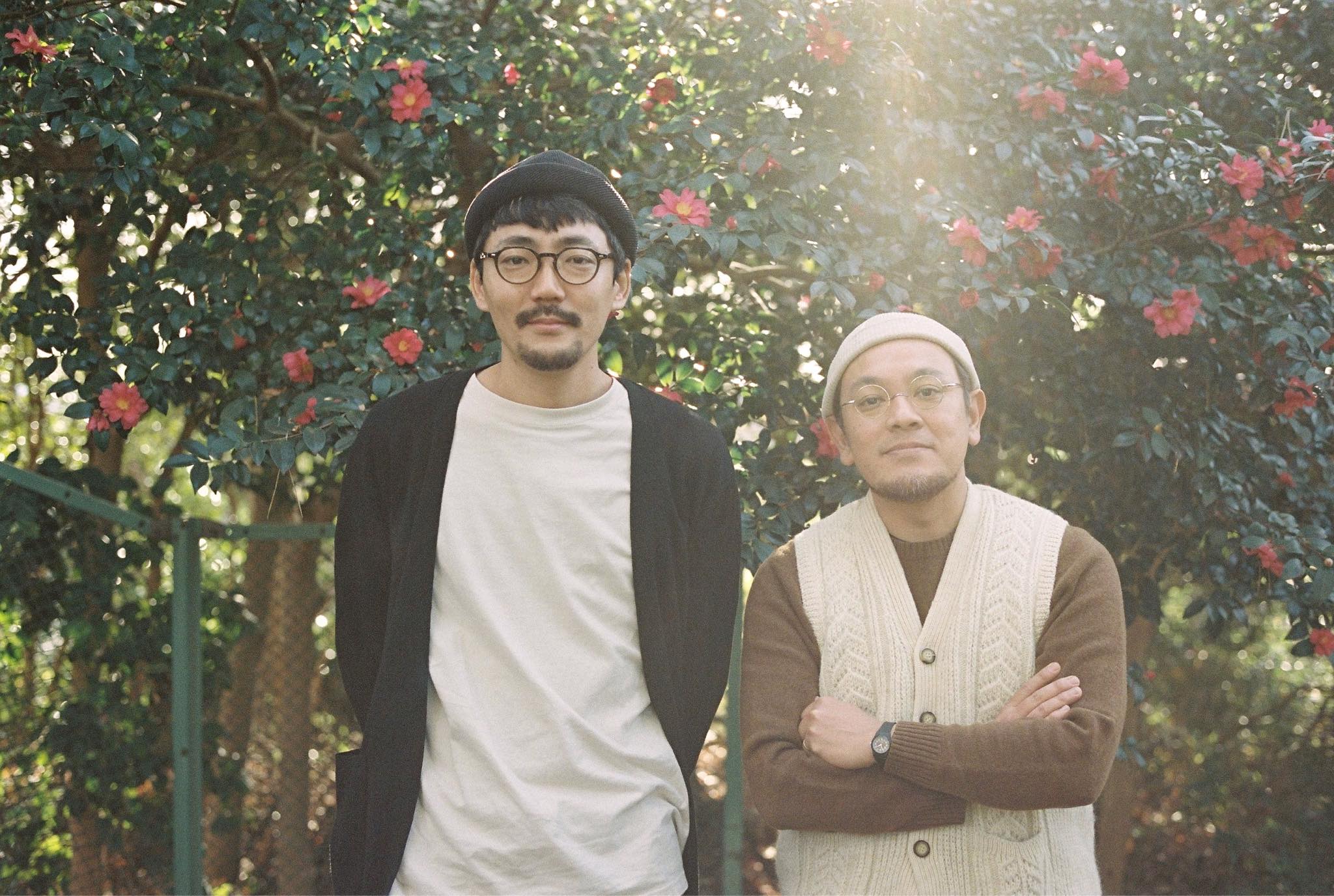
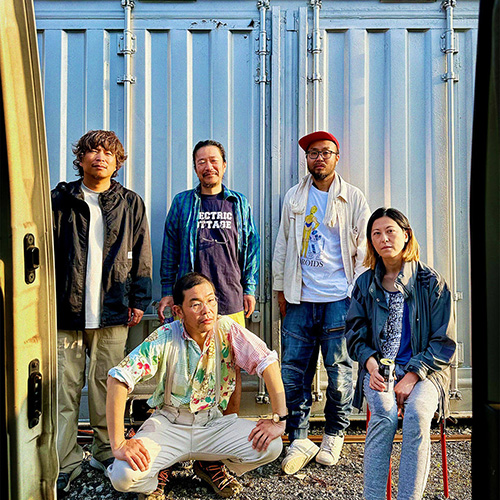
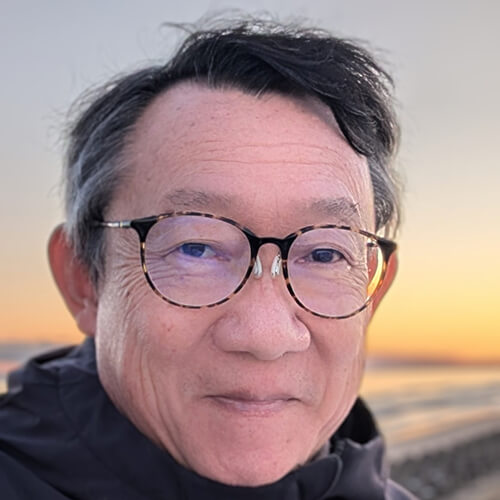
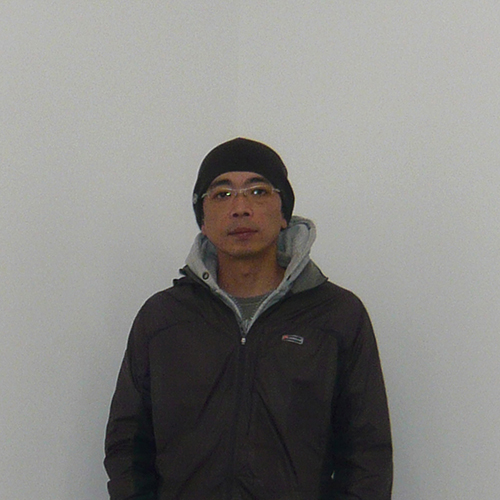
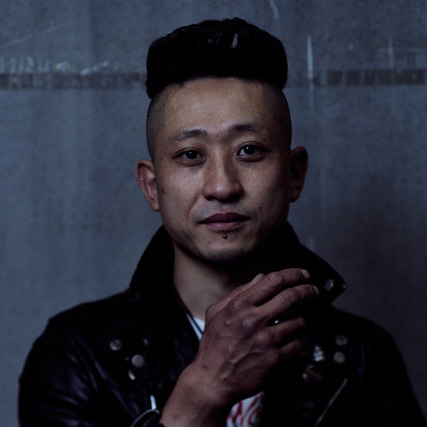
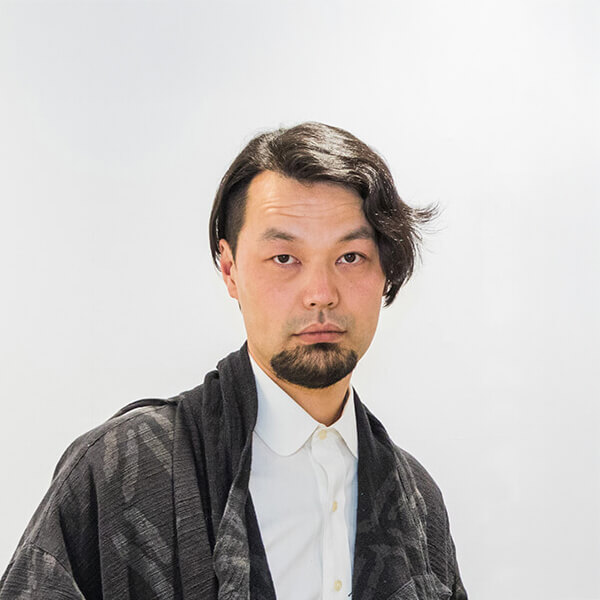
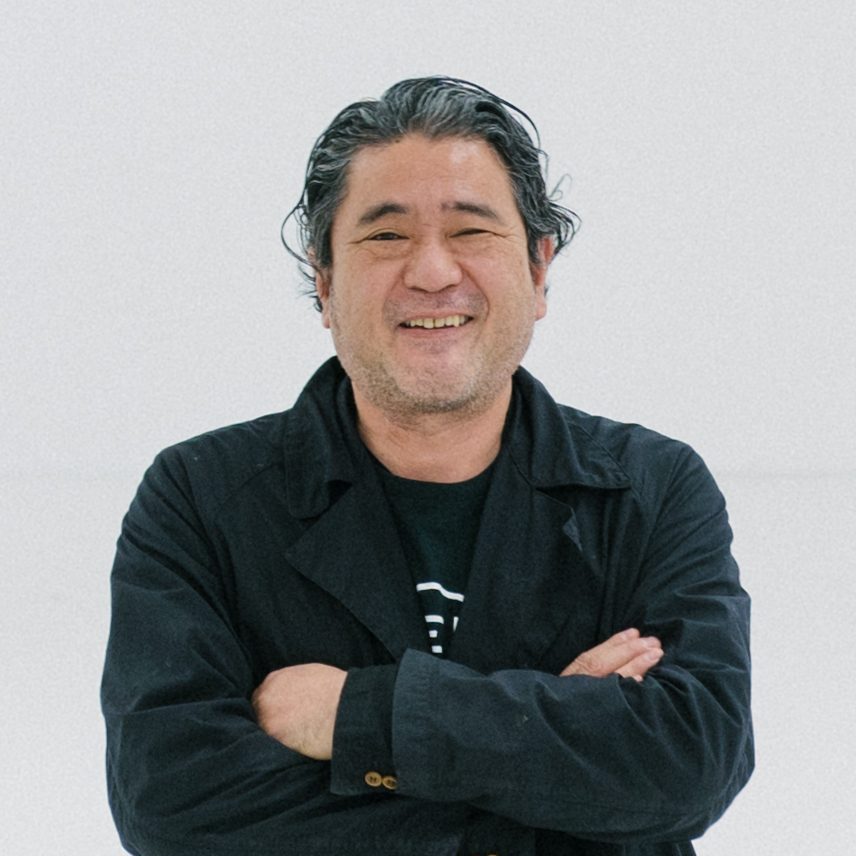
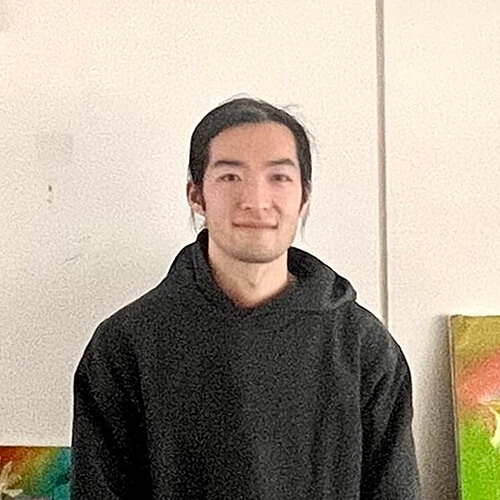
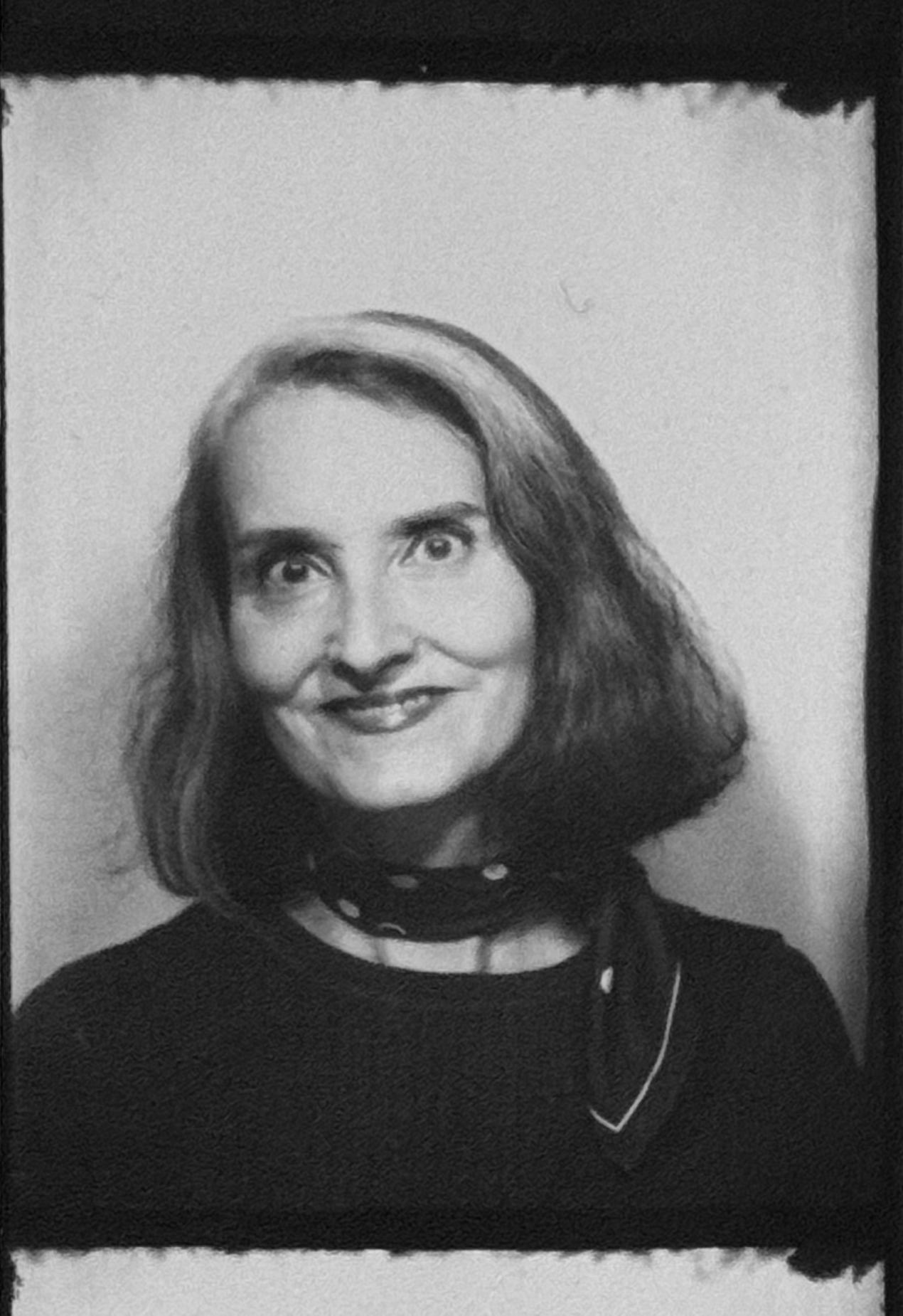

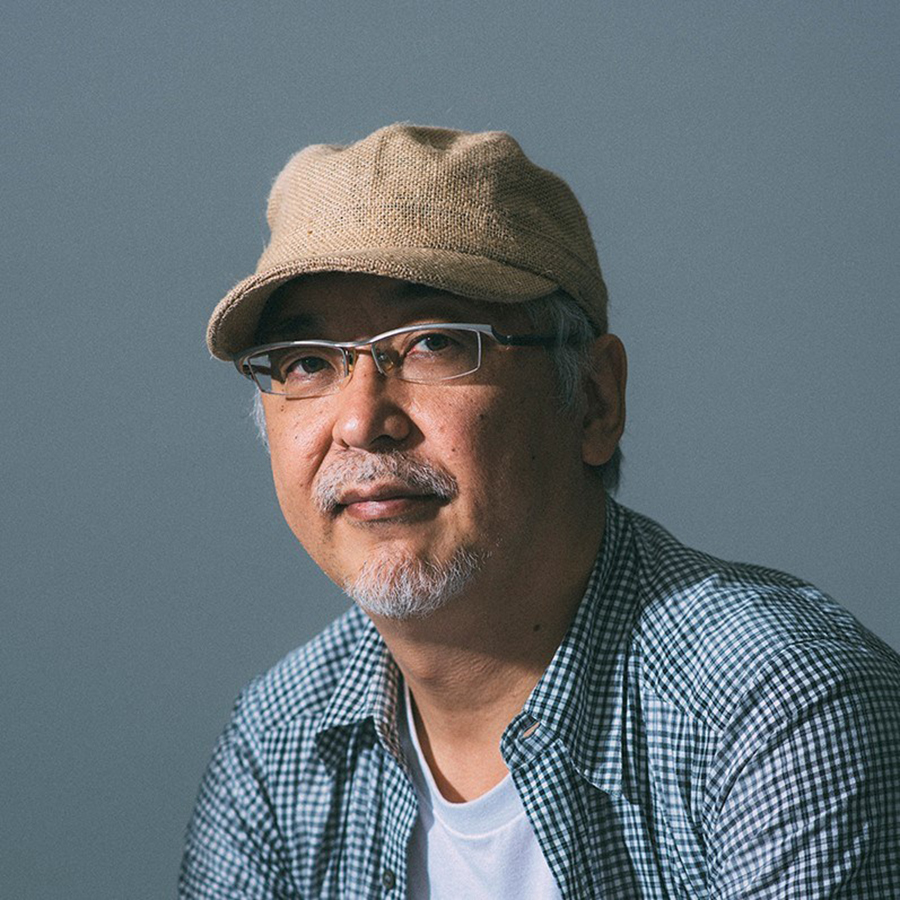
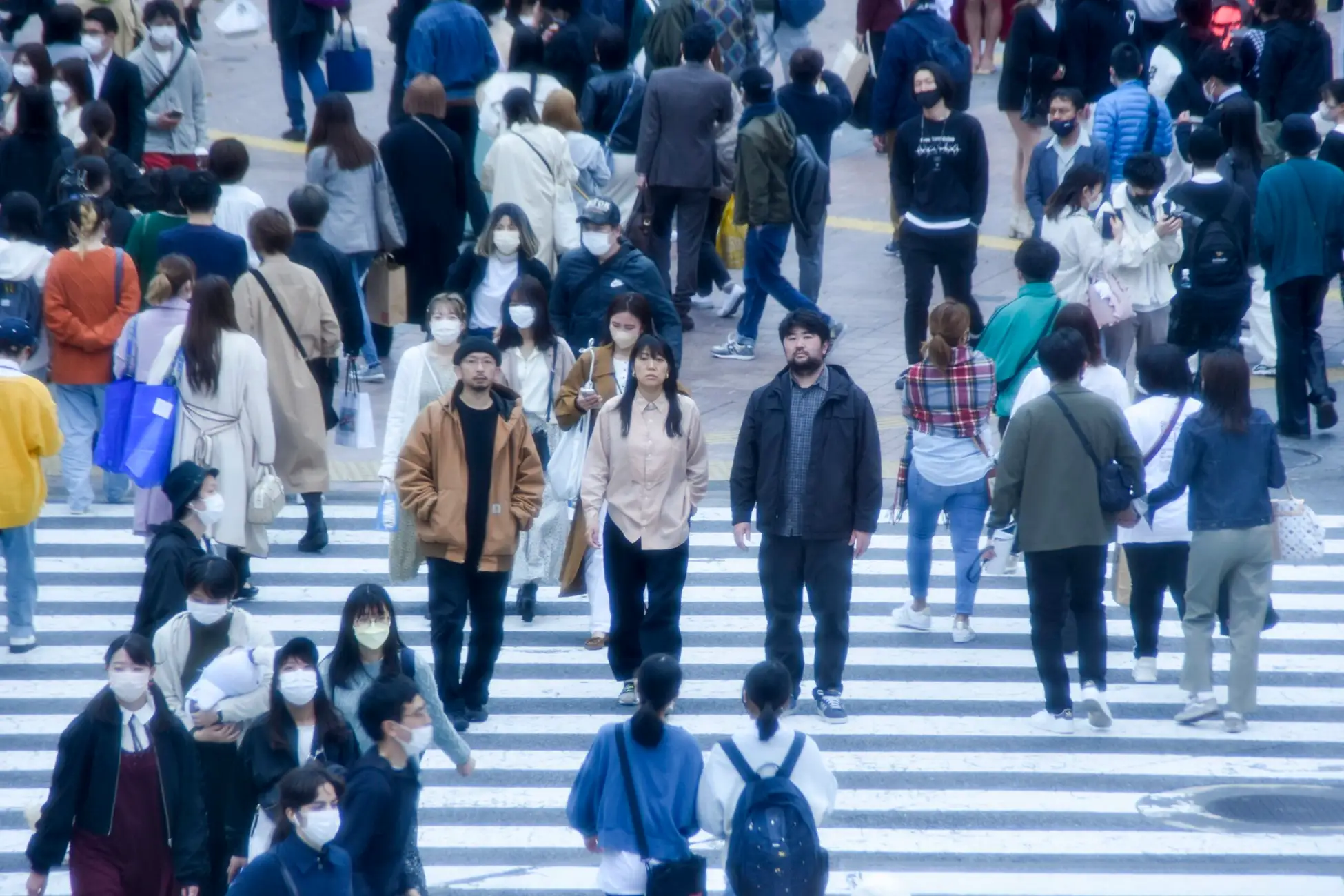
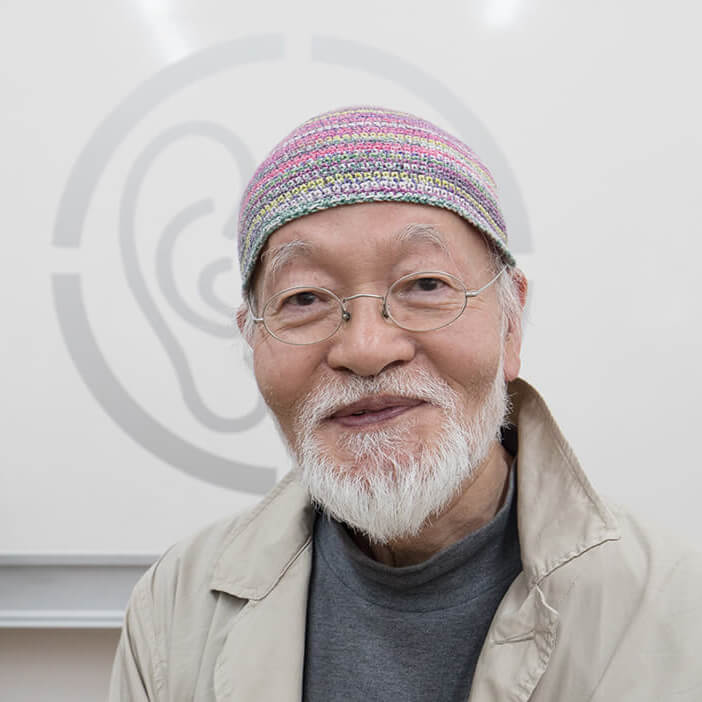
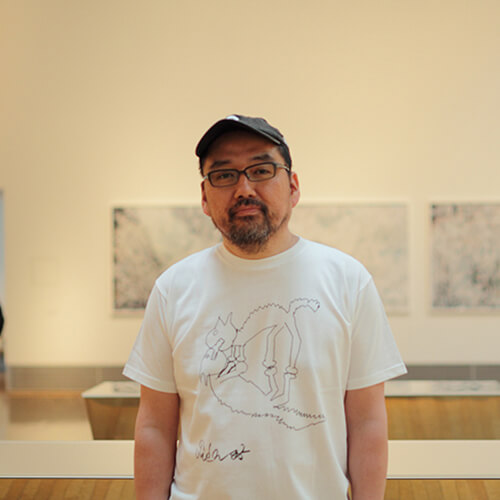
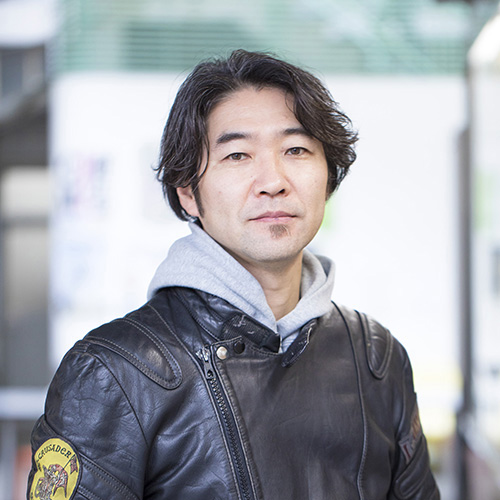
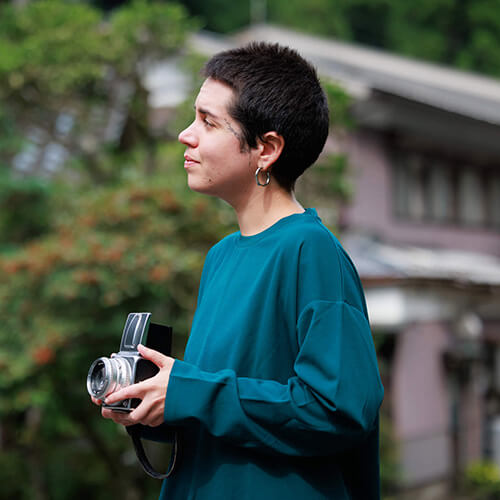
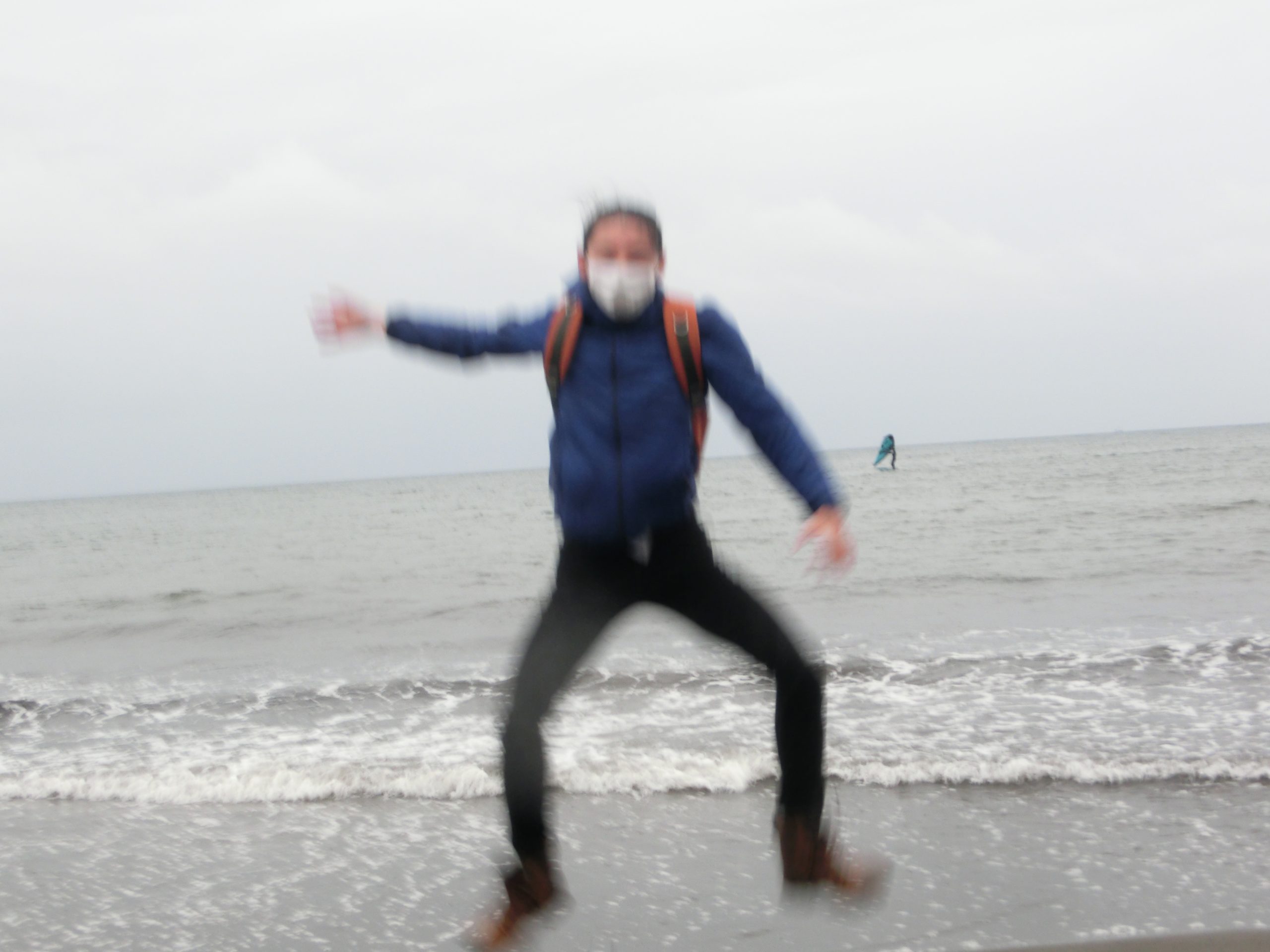
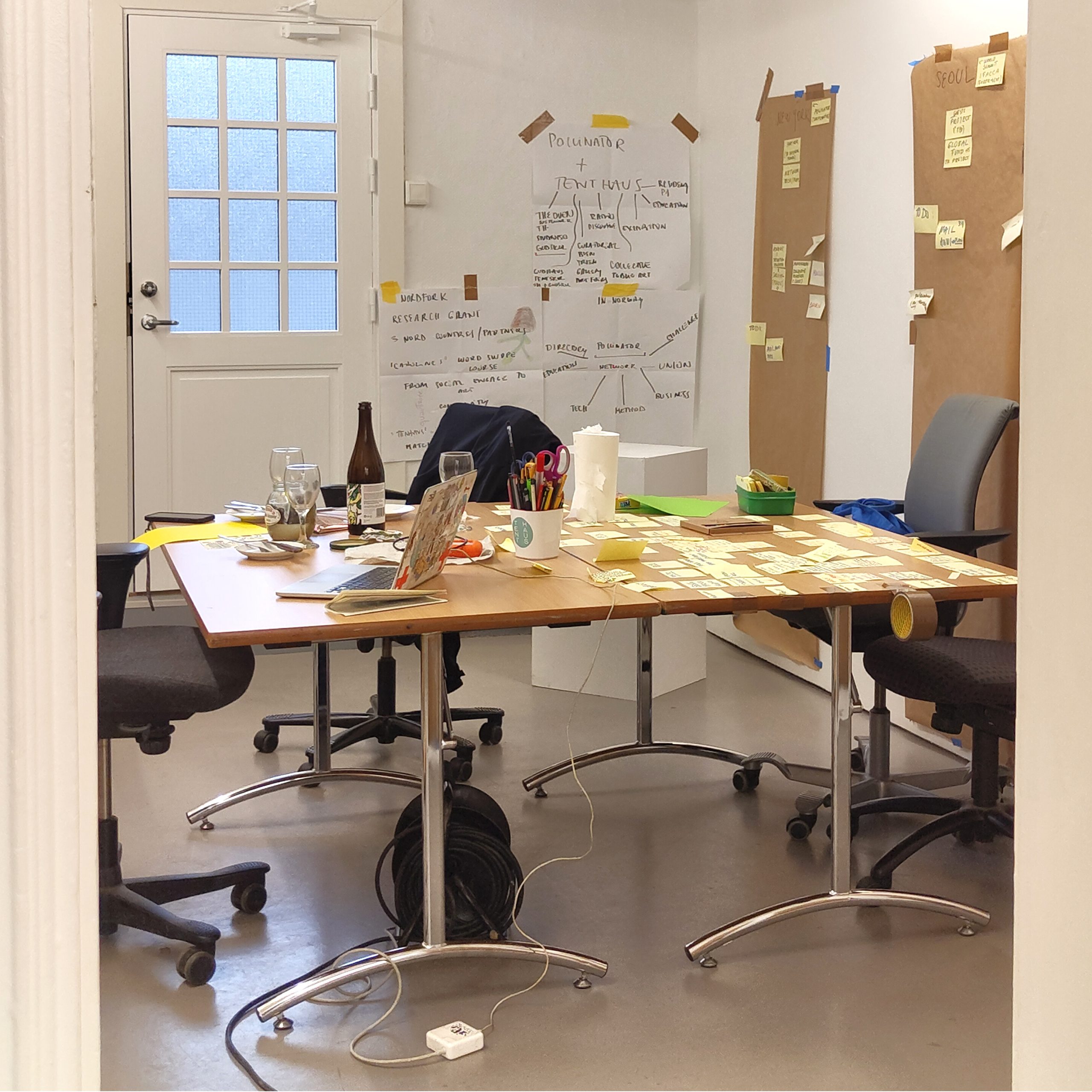
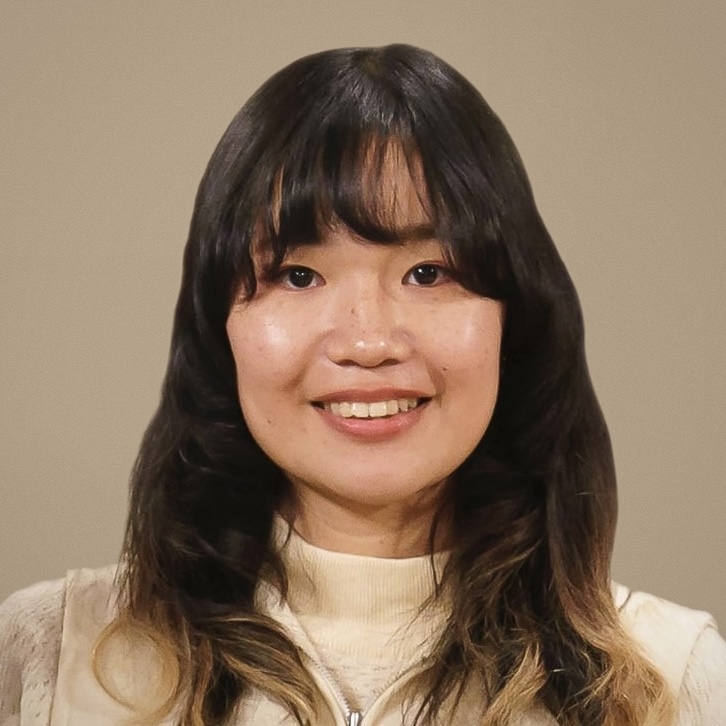
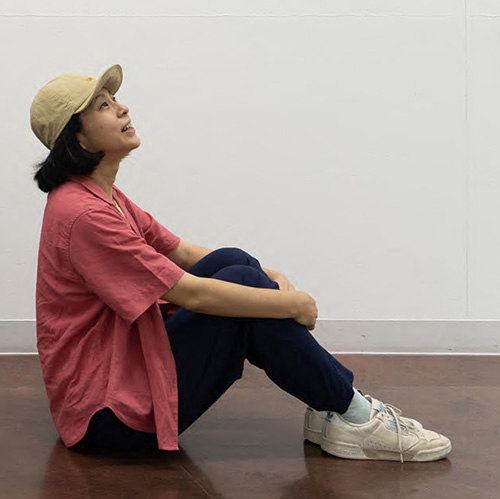
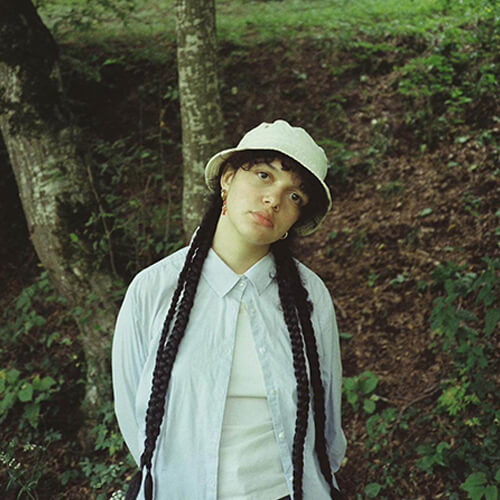
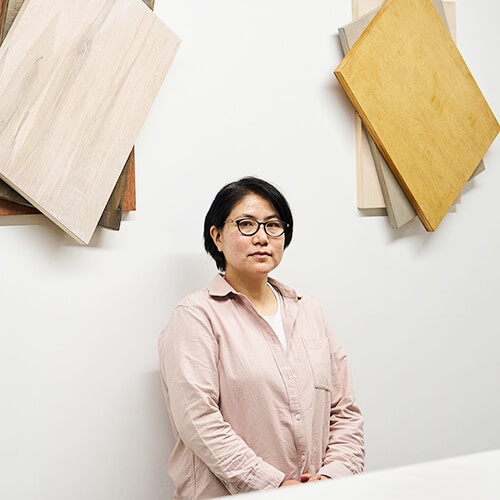
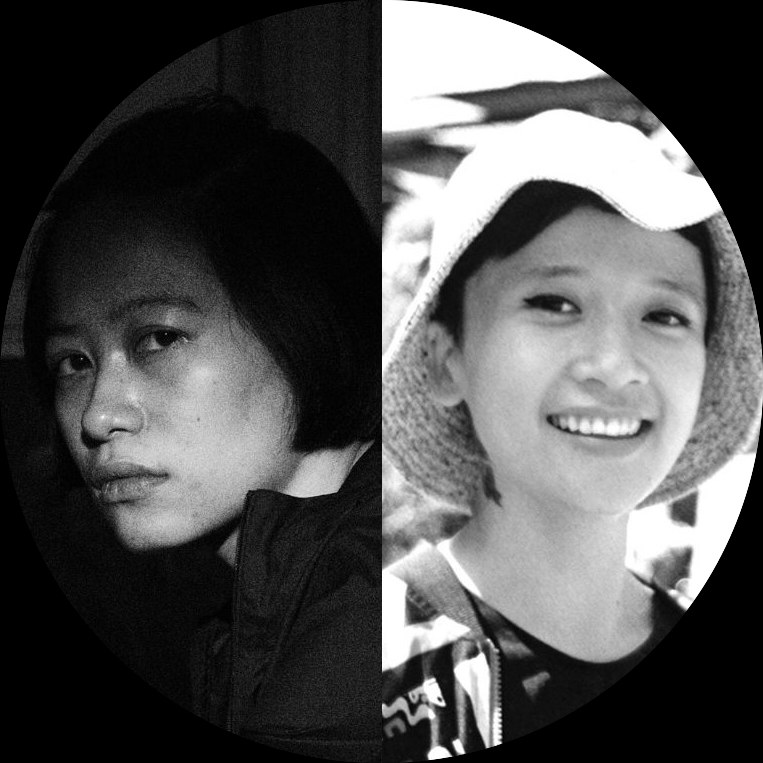
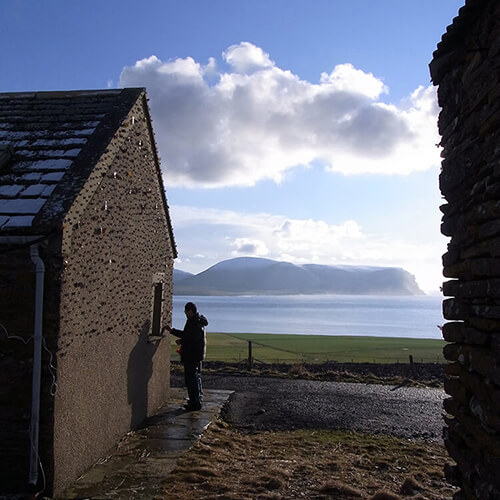
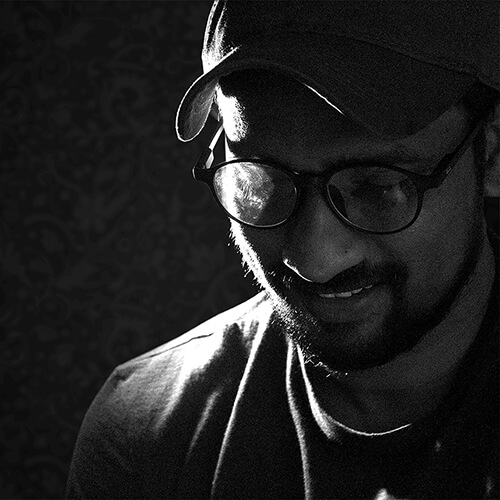
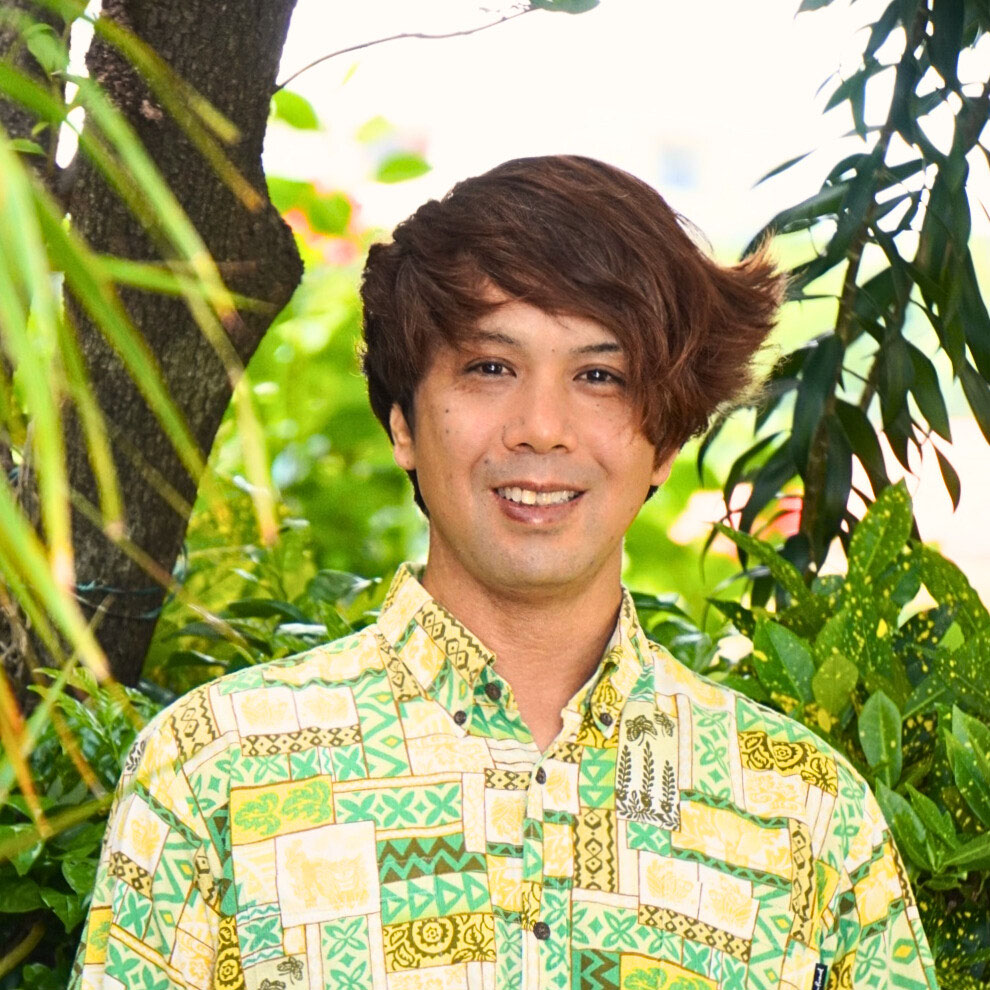
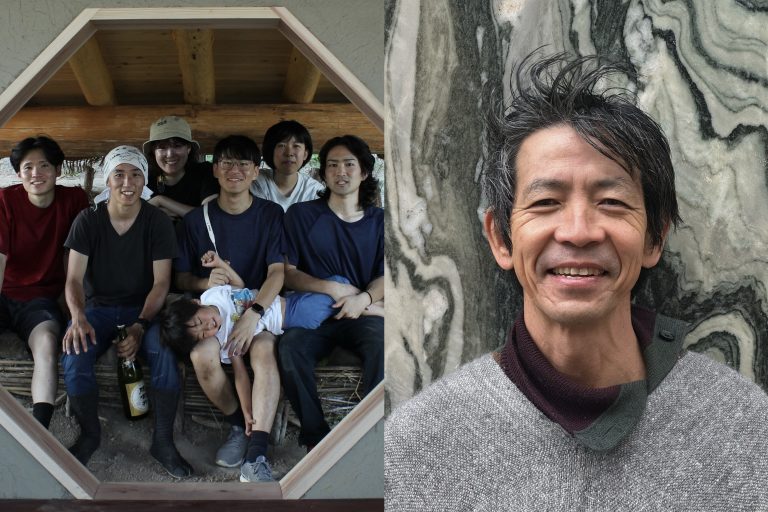
A collaborative project between Yoshiharu Tsukamoto; professor of architecture at Institute of Science Tokyo (formerly Tokyo Institute of Technology) and co-founder of Atelier Bow-Wow and 6lines studio; an architecture collective consisting of Ryo Oyama, Kaho Katayama, Sho Sasaki, Tsuyoshi Fuchino, Yukako Masui, and Riku Miyazaki, all from Tsukamoto Laboratory. The six joined the satoyama revitalization activities, which Tsukamoto has been working on since 2019 as one of the directors of the general incorporated association “Small Earth,” and they started working as 6lines studio with the construction of “Tiny House TEKITEKI-AN.”
Nihonbashi/Bakurocho Area
Back alley of Nihonbashi Muromachi and Nihonbashi Honcho
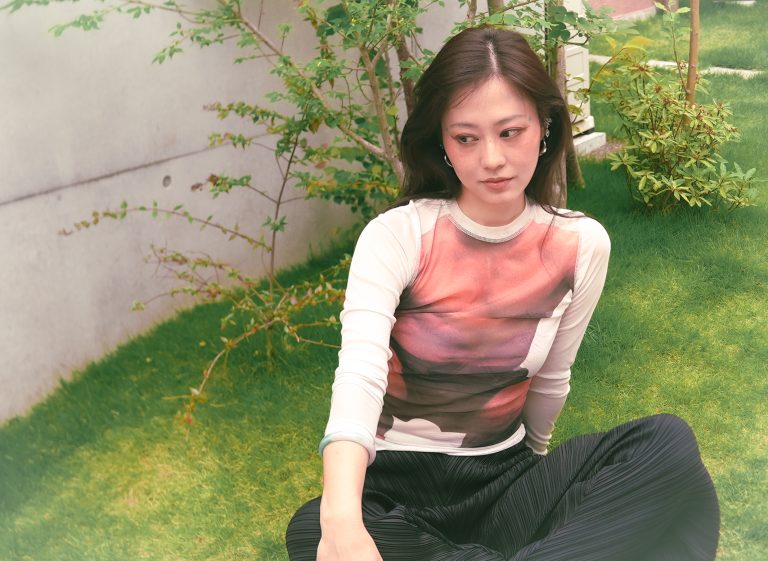
Born in Tokyo, raised in numerous countries such as Hong Kong, UK and USA, Juri Akiyama’s art practice is based around her philosophical exploration on the concept of “mottai (勿体)”. She uses beeswax as her main material, from whose rich historical, cultural and philosophical background she selects various motifs and topics to combine with the thoughts constructed around mottai to engage in the installations, paintings, objects as well as the circulation within her own production process, that express relationship between appearance, body/material, language and practice. She has received her BFA from the painting department of Rhode Island School of Design with Florence Leif Scholarship Award, her MFA from the department of Global Art Practice of Tokyo University of the Arts. Her recent exhibition includes: “The Apparition from the Irreducible Distance” (2025, MORI YU GALLERY, Kyoto), “The Aftermath of Light” (2025, SPROUT CURATION, Tokyo).
Kanda/Akihabara Area
Kakuchi Konpo
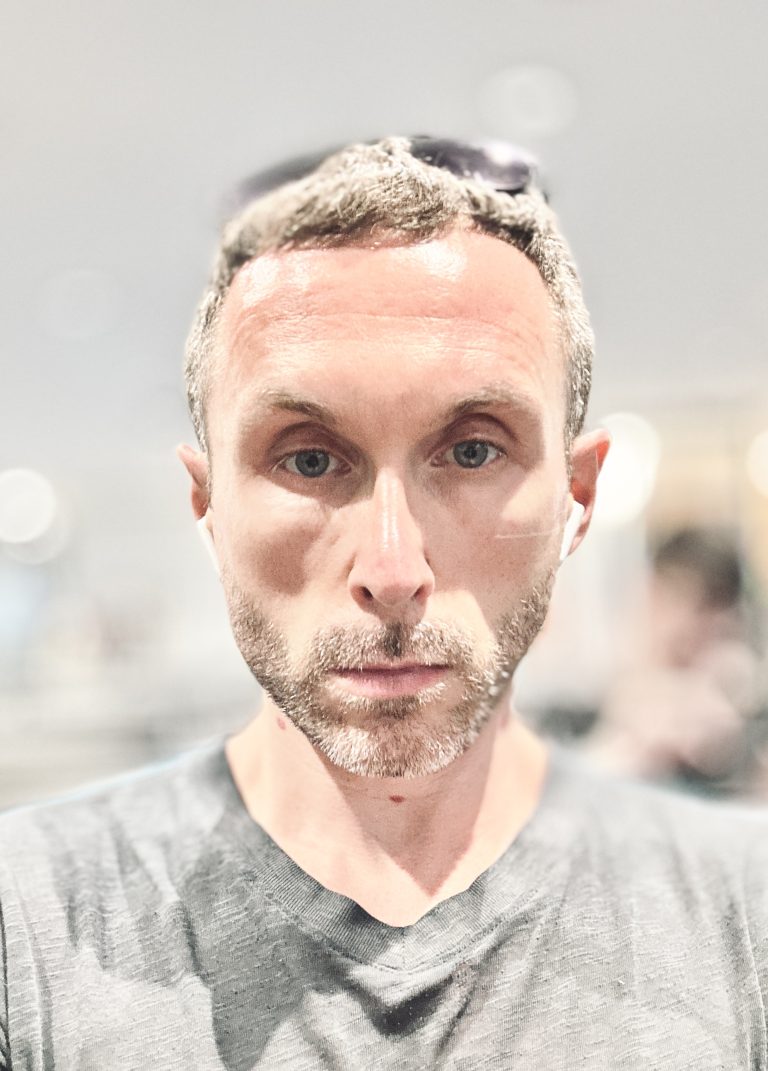
Polish interdisciplinary artist and independent researcher born in 1982. Graduate of Academy of Fine Arts in Krakow, Poland (MFA 2009), San Francisco Art Institute, California, USA (MFA 2012) and Tama Art University, Tokyo, Japan (PhD 2022). As a Fulbright fellow he studied with Lynn Hershman Lesson, Renee Green and Stephanie Syjuco. As a MEXT student was affiliated with Katsuhiko Hibino and Akihiro Kubota labs. In 2023-2025 employed as a JSPS postdoctoral researcher in the Yoshitaka Mouri lab at the School of Global Arts of Tokyo University of the Arts.
Interested mainly in cross-cultural, comparative analysis about identity, politics, media and cultural heritage, he bridges practice-based art research with experimental anthropology and social critique. Employing Do It Yourself, Low Budget, Quick & Dirty and Hit and Run strategies, with references to conceptualism, minimalism, avant-garde and arte povera, his work ranges from and combines time-based media, staged-for-camera performances, installation, sculpture, digital print, found objects, interventions, and vandalism.
Nihonbashi/Bakurocho Area
Etoile Kaito Living Bldg.
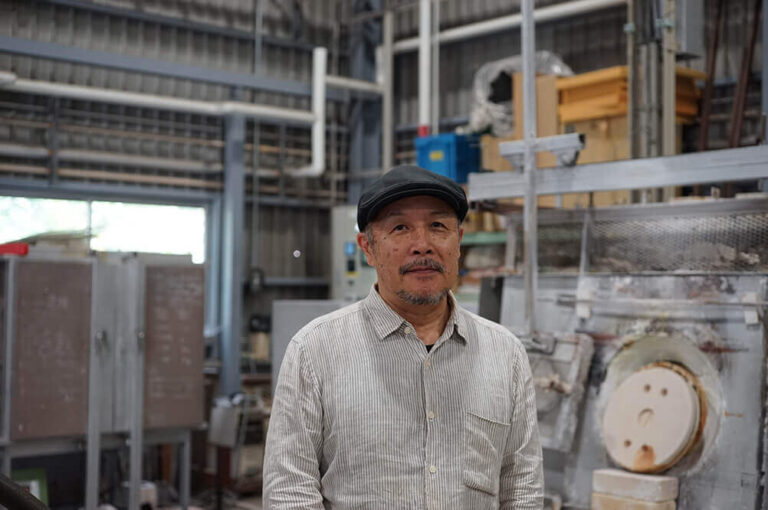
Born in 1958, he is currently a professor in the Department of Crafts at Tokyo University of the Arts, where he also serves as Vice Dean. He received his MFA from Tokyo University of the Arts and participated in the Pilchuck Glass School in 1984. He then worked as a designer for Iwata Glass Co., Ltd. until 2001. He is a member of the Japan Glass Artcrafts Association and serves as a trustee of the Association for Glass Art Studies.
His first exhibition was held in 1985, followed by numerous exhibitions to date. His first solo exhibition took place in 1995. He received Honorable Mentions at the 4th Koganezaki VESSELS (Koganezaki Glass Museum) in 2008 and at The International Exhibition of Glass Kanazawa 2010. He was awarded the Kyohei Prize (Grand Prize) at both the 11th Glass ’08 in Japan and the 12th Glass ’12 in Japan, organized by the Japan Glass Artcrafts Association (JGAA).
Selected Public Collection: Alexander Tutsek-Stiftung, München, Germany; Contemporary Glass Arts Museum, Turke; Koganezaki Glass Museum Japan, Ishikawaken Notojima Glass Museum, Japan; Hsincyu City Glass Museum,Republic of China.
Ueno/Okachimachi Area
Toeizan Kan'ei-ji Temple (Noble Room)
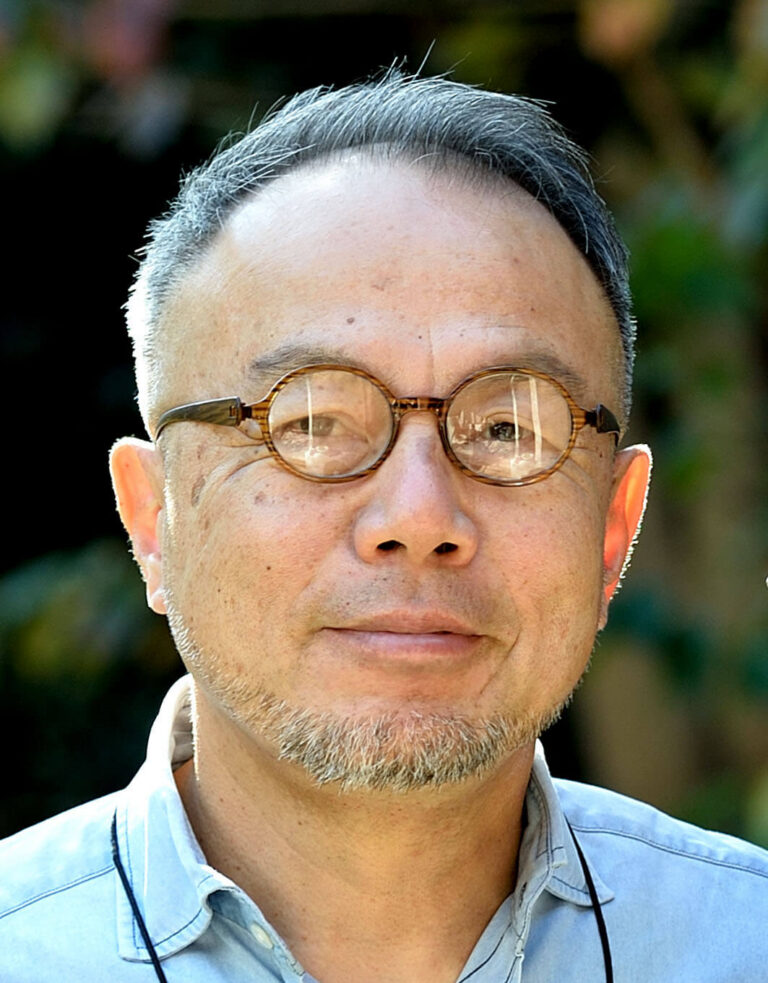
Photographer. Born 1958 in Rikuzentakata, Iwate. Hatakeyama is a photographer based in Tokyo whose works focus on the relationship between nature, city, and photography. He represented Japan in the 49th Venice Biennale held in 2001, and in 2012 participated in the Japanese pavillion of the Vennice Biennale International Architecture Exhibition (received Golden Lion prize). In addition, Hatakeyama received the 42nd Mainichi Art Award in 2001, as well as the Art Encouragement Prize by the Ministry of Education, Culture, Sports, Science and Technology in 2012. Member of Japan Art Academy.
Nihonbashi/Bakurocho Area
Etoile Kaito Living Bldg.

Artist. Born in Kanagawa Prefecture. In 2001, Hogalee completed an MA in Design at Tokyo University of the Arts. Adopting the motif of women, which act as a mirror reflecting the contemporary age, he continues to create “onnanoko” (Girls) symbolized in manga line drawings. His activities include making canvas paintings that reference contemporary art contexts, and murals that transcend the notion of canvas as support. In addition to using acrylic paint, he is also developing works based on the concept of “restoring to an original state,” where murals made with masking tape are peeled away to return the space to its original condition. Solo exhibitions include Entanglement (Kana Kawanishi Gallery, Tokyo, 2022), Entanglement – Shinjuku III (Shinjuku 3-chome intersection, Tokyo, 2022), and Restitution (Ikejiri Institute of Design, Tokyo, 2014). Group exhibitions include Sekai wo Utsusu (Fujisawa City Art Space, Kanagawa, 2017), Trans Arts Tokyo (Kanda, 2017), and No Man’s Land (former French Embassy, 2009).
Suidobashi Area
Tokyo Dome City
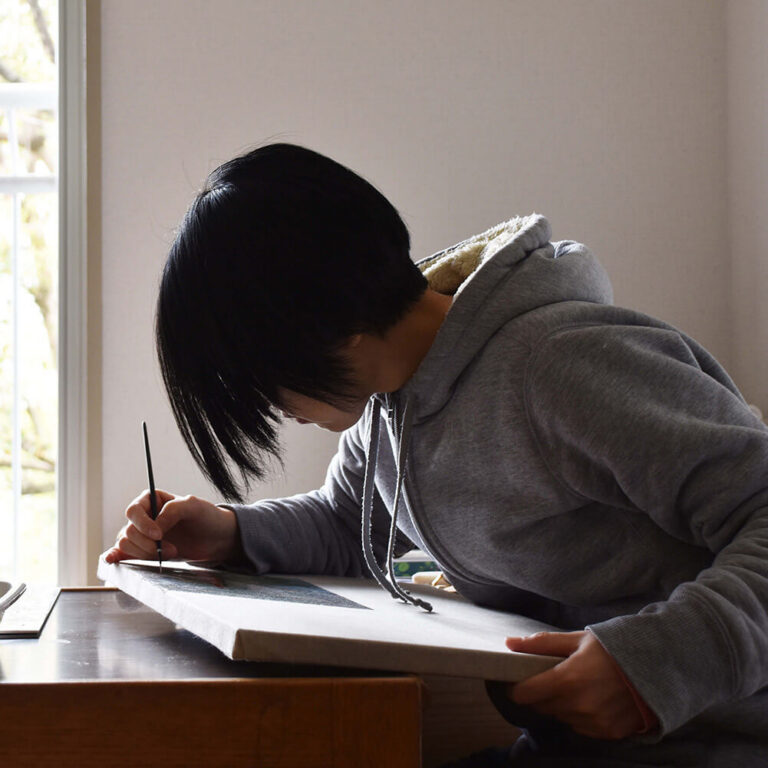
Born in Chiba Prefecture. Completed MFA in Fine Arts at Tokyo University of the Arts in 2009. Creates collages and oil paintings that combine figures cut out from Western masterpieces with contemporary landscapes, such as in the Time Leap Series. Recent solo exhibitions include Walking through Nakanoshima (YOD Gallery, Osaka, 2022) and Landscape (Oakwood Apartments Roppongi Central, Tokyo, 2020). Selected for the WATOWA ART AWARD (2021), Shell Art Award (2020), and the 15th TAGBOAT AWARD (2020).
Nihonbashi/Bakurocho Area
Etoile Kaito Living Bldg.

They create kinetic works that recreate small, everyday occurrences through simple phenomena, as well as works that gently resonate through a method of storytelling born from the encounters between materials and motifs.
Their major solo exhibitions include Iwatake Rie + Kataoka Junya, and the Museum Collection: An Illustrated Guide for Gravity and Materials (The Museum of Modern Art, Kamakura & Hayama, Kamakura Annex, 2025) and Big Two-Hearted River (3331 Arts Chiyoda, 2019). They have also participated in group exhibitions such as MOT Collection 30th Anniversary Exhibit: Nine Profiles: 1935→2025 (Museum of Contemporary Art Tokyo, 2025), Setouchi Triennale 2022, and BankART Bank Under 35 (BankART Studio NYK, Kanagawa, 2017).
Nihonbashi/Bakurocho Area
Back alley of Nihonbashi Muromachi and Nihonbashi Honcho
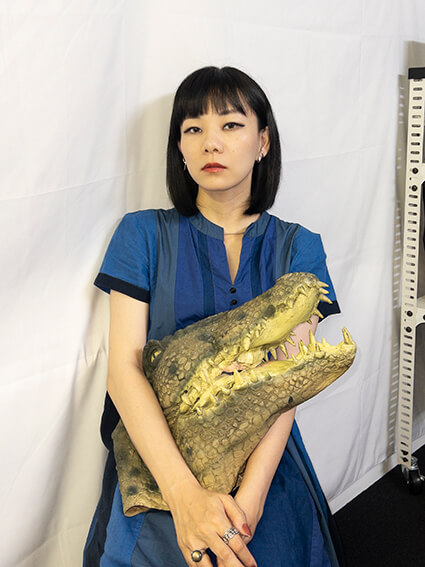
Born 1987 in Saitama and raised in Gunma, Japan. Graduated with a Master’s degree from the Department of Intermedia Art at Tokyo University of the Arts in 2012. At the core of Mari Katayama’s practice is living everyday within her own body, which she uses as a living sculpture, mannequin and lens through which to reflect society. The combination of Katayama’s hand-sewn objects, sculptural pieces, and photography challenges viewers to ques-tion the body and its complex relationship with the surrounding environment and society.
At the same time, Katayama initiated an activist art project called High Heel Project, which aims to create high heel shoes for prosthetics, while demanding the freedom of choice for all no matter what physical ability they have. Wearing her symbolic pair of custom-made high heels, Katayama continues to walk and speak up widely as an artist, singer, model and keynote speaker.
Nihonbashi/Bakurocho Area
Etoile Kaito Living Bldg.
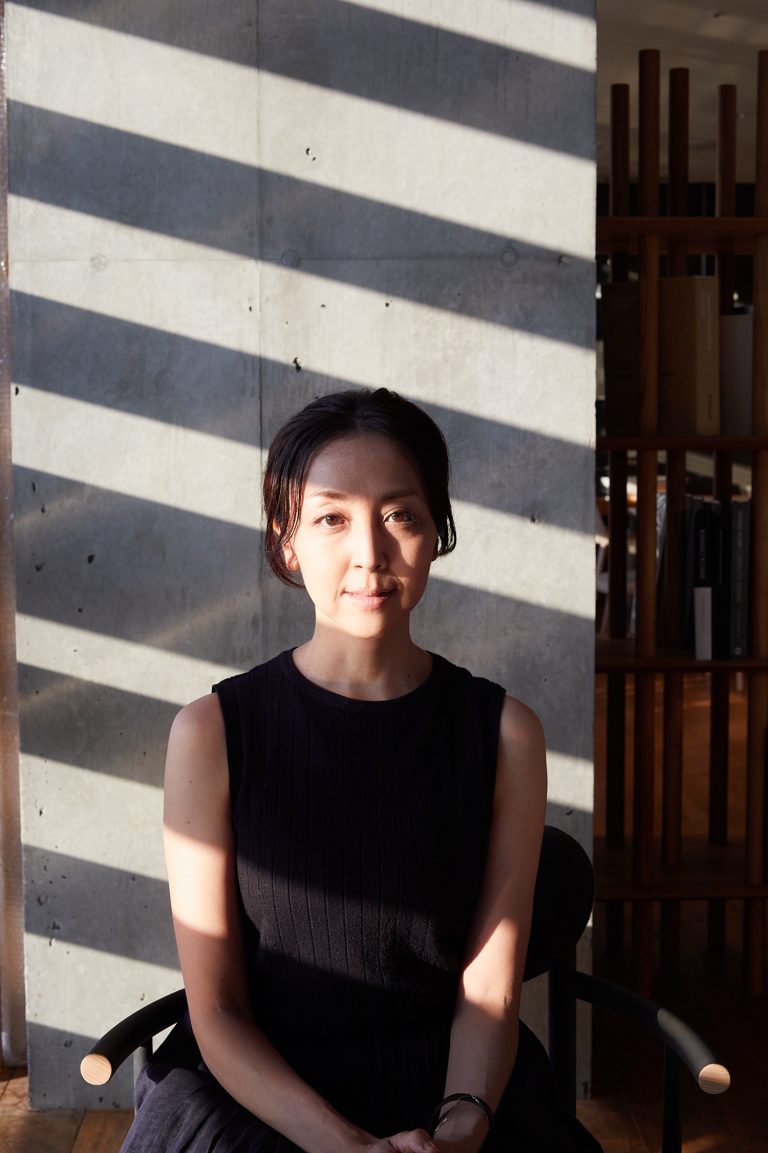
Mami Kosemura is a contemporary artist who uses photography and animation to explore the confluence of painting, video and photography, referring to classical European motifs and traditional subjects such as Japanese painting. In addition to solo exhibition at Hara Museum of Contemporary Art in Tokyo, 2018, she has participated in many group exhibitions in Japan and abroad. Major awards received by the artist include Nomura Award from the Nomura Arts and Culture Foundation (2004) and the Gotoh Cultural Award of the Gotoh Memorial Foundation (2015).
Kosemura’s art is included in the collections of the Museum of Contemporary Art, Tokyo, The University Art Museum of Tokyo National University of the Arts, Gunma Museum of Art, Tatebayashi, Asia Society Museum (New York) and Kuandu Museum of Fine Arts (Taipei).
Ueno/Okachimachi Area
Toeizan Kan'ei-ji Temple (Corridor of the Aoi Room)

Has invented 20 patents related to AI across Japan, the U.S., China, and Hong Kong. His practice explores the essential nature of the future by delving into the inner workings of AI biases, bugs, and NSFW content.
Nihonbashi/Bakurocho Area
Etoile Kaito Living Bldg.
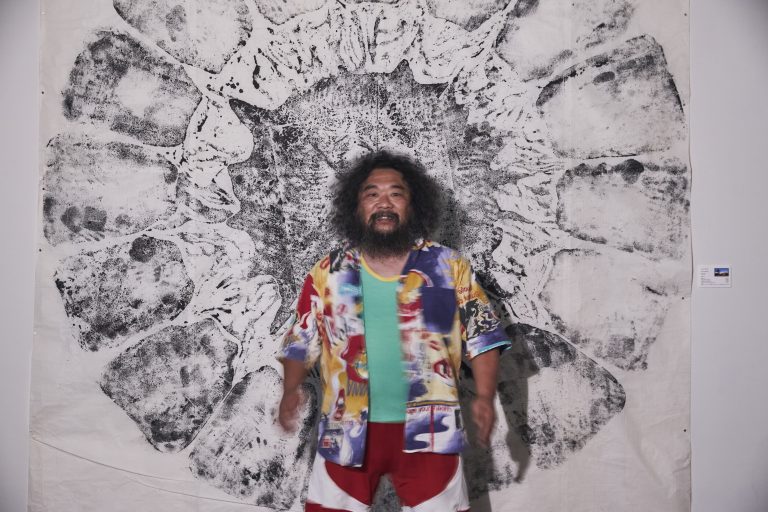
Born in 1980 in Gunma Prefecture, he believes that an artist should embody freedom and continues to create ambitiously across various media, including sculpture and painting, installation, video, performance, film, and workshops, without limiting himself to any specific style or mode of expression.
Nihonbashi/Bakurocho Area
Back alley of Nihonbashi Muromachi and Nihonbashi Honcho
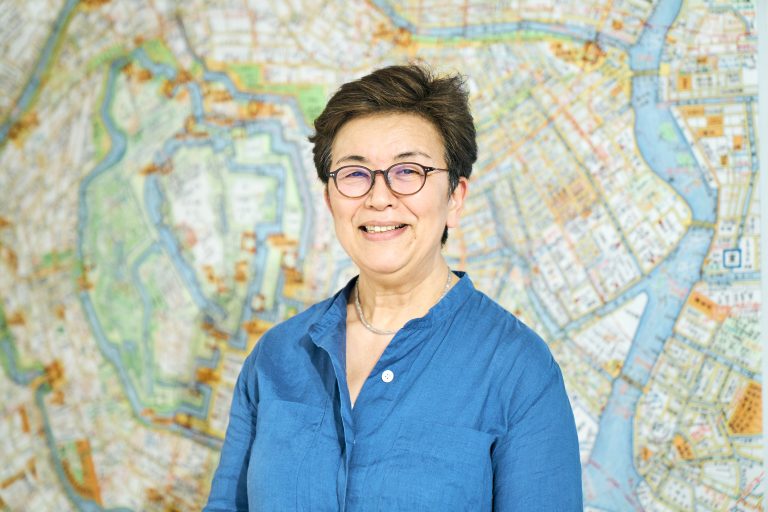
Born in Akita Prefecture, he graduated from the Department of Architecture, Faculty of Engineering at the University of Tokyo, and completed both the Master’s and Doctoral programs in the Department of Architecture at the Graduate School of Engineering at the same university. He also completed the Ph.D. program in Architecture at the Graduate School of the University of Pennsylvania (Ph.D.). His research focuses broadly on the history of modern and contemporary Japanese cities, architectural culture, and design, with a particular emphasis on the meaning and transformation of everyday living environments, especially through the work of Wajiro Kon.
After serving as a Professor in the School of Cultural and Creative Studies at Aoyama Gakuin University, he is currently a Professor in the Faculty of Management at Fukushima Gakuin University. For the Tokyo Biennale 2025, he is leading the “Sanpo Art Map Project.” His major publications include Thinking Outside Architecture: A Study on Wajiro Kon (Domesu Publishing); the edited volume Constructing the Colonized Land (Ashgate); and the co-authored book Urban Development in Time: Reconsidering the Meaning of Historical Environments (Kajima Institute Publishing).
Etoile Kaito Living Bldg.
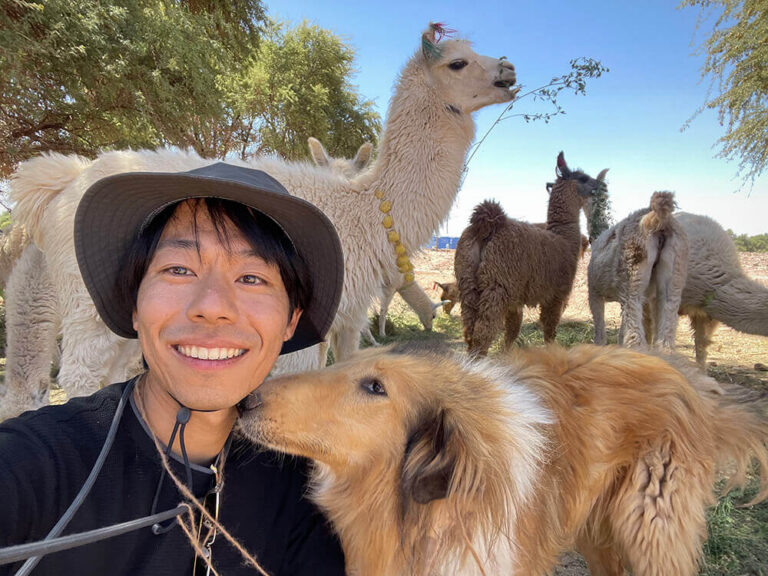
Born in Shimane, 1994. Based in Kyoto. While dealing with the joy, wonder and difficulty of “”touching”” (or trying to touch) various objects and things with his own body, Gaku Kurokawa makes works focusing on the process of finding ways to relate to the materials and objects he handles at any given time, or on the process of trying to find such ways. Awarded Kyoto city special bounty program for art and culture.
Ueno/Okachimachi Area
Kanda/Akihabara Area
①Toeizan Kan'ei-ji Temple Kompon Chu-do
② Toeizan Kan'ei-ji Temple Kaisan-do (Ryo-daishi)
② Kamiya Koriten
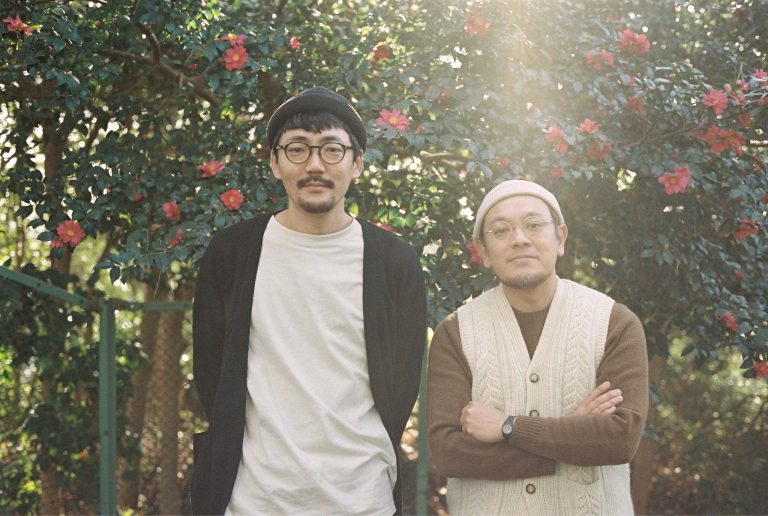
Phot by Koichi Tanoue
L PACK. is a duo formed by Susumu Odagiri and Tetsuya Nakajima, who were both born in 1984 and graduates of Shizuoka University of Art and Culture, where they majored in spatial design. Their work traverses the fields of art, design, architecture, and folk crafts, with the aim of weaving themselves into the fabric of communities by adeptly improvising with a limited selection tools and local materials, and their conceptual starting point is “landscape with coffee.”
Nihonbashi/Bakurocho Area
Etoile Kaito Living Bldg.
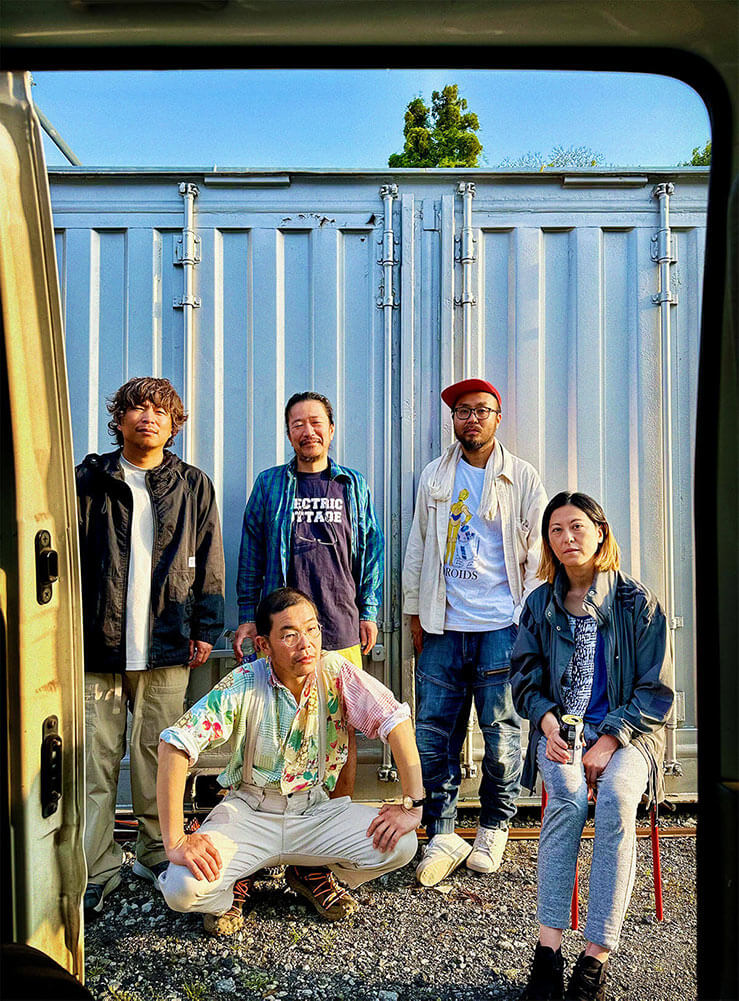
Photo by Azumi Kajiwara
Milk Souko The Coconuts is a collective of six artists: Naotaka Miyazaki, Naoki Matsumoto, Takuma Nishihama, Zenichi Tanakamaru, Ari Ookubo, and Hiroaki Takiguchi. Founded in 2009 as “Milk Warehouse,” the group evolved into “mirukusouko (Milk Warehouse) + The Coconuts,” and, with the addition of Ookubo in 2024, adopted its current name in 2025. Through bricolage-based modes of practice, the collective reconsiders the relationships between material and the body, as well as between consciousness and infrastructure. Major exhibitions include ‘Aichi Triennale 2022’ at Aichi Arts Center and ‘Plans for TOKYO 2019’ at gallery αM.
Nihonbashi/Bakurocho Area
Back alley of Nihonbashi Muromachi and Nihonbashi Honcho
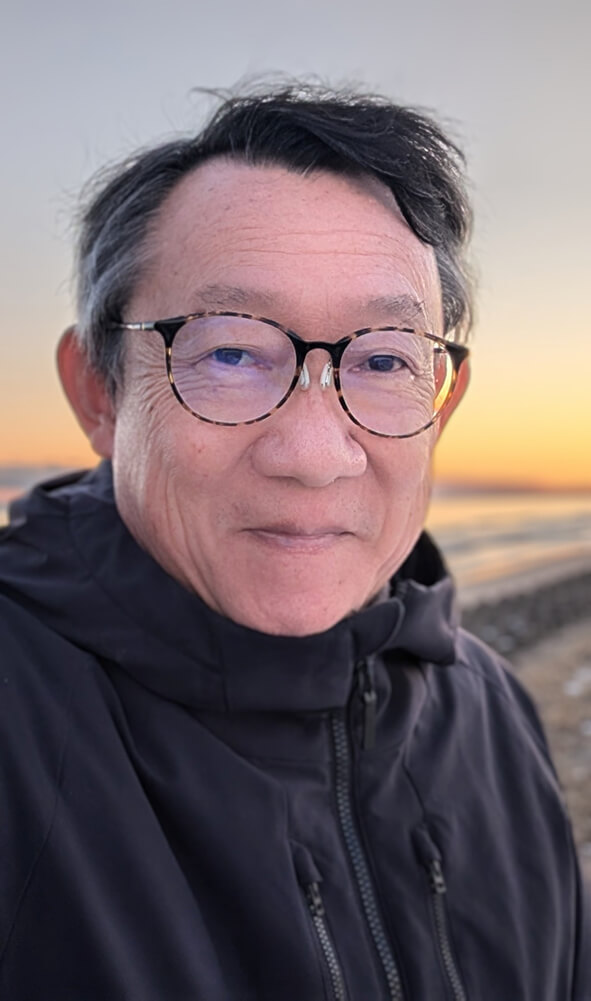
Photographer, Director of the Institute of Anthropology of Art and Design at Tama Art University. Engaged in extensive activities centered on themes of the emergence of images and memory. Served as Artistic Director of the Aichi Triennale 2016 and as International Curator for the “Taiwan Route3 Art Festival,” in 2023.Recipient of the 2019 Japan Photographic Society Award for “On Landscape: The Changing Earth and Japan’s Memory” (Chuokoron-Shinsha). Author of Photography Theory (Chuokoron-Shinsha, 2022) and Hilma af Klint: The Spirituality of Color (Inscript, 2025).
Nihonbashi/Bakurocho Area
Etoile Kaito Living Bldg.
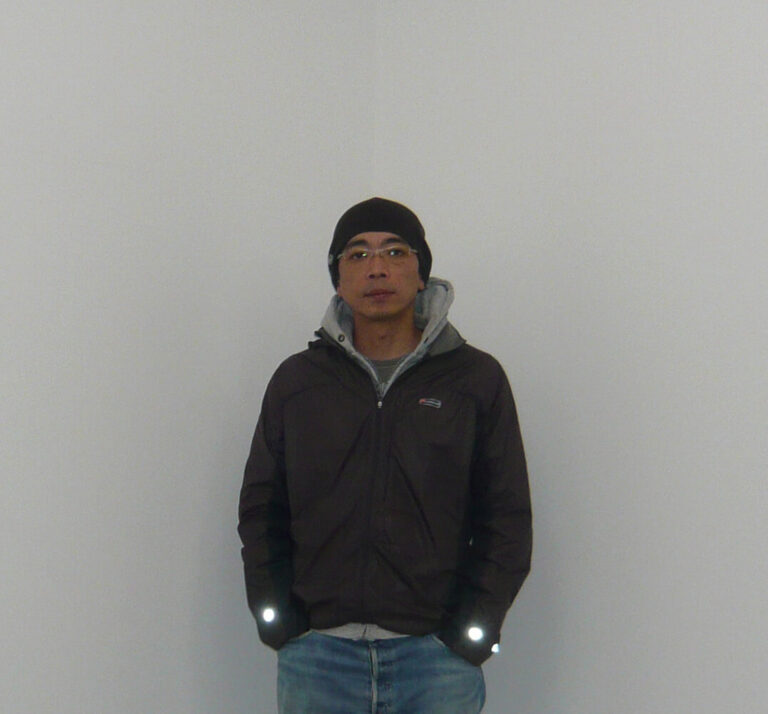
Born in Nagasaki Prefecture in 1965. Completed his graduate studies at Tokyo University of the Arts, majoring in sculpture, in 1996. He has created a series of works based on Leonardo da Vinci’s drawings of water flow and hair, using materials such as marble and boxwood. Mori has also produced works themed around the atomic bombing of his hometown, Nagasaki. His expression methods are diverse, including sculpture, ceramics, photography, and oil painting.
Recent major exhibitions include War in the Eyes of Artists From Goya to Picasso, and then to Nagasaki (Nagasaki Prefectural Art Museum, 2025), among others.
Ueno/Okachimachi Area
Toeizan Kan'ei-ji Temple (Front of Shibusawa Family Mausoleum)
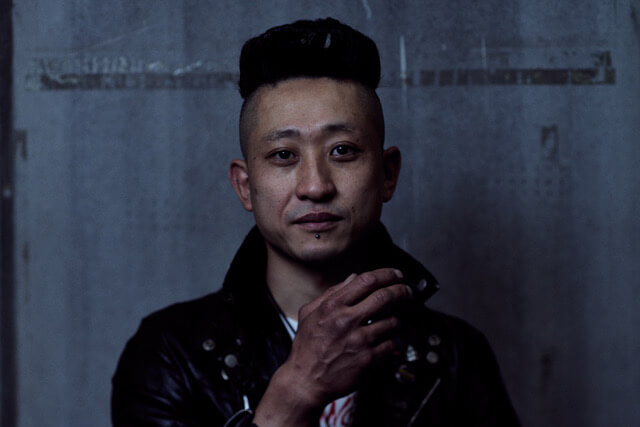
Photo by Keishin Nakaseko
In 2010, he held his first solo exhibition, Can’t Help Falling in Love, at the then Yamamoto Gendai. The following year, he participated in the Yokohama Triennale 2011: OUR MAGIC HOUR. In 2020, he presented a work featuring Elvis Presley reaching 4 meters tall at his first solo exhibition in ten years, Ba de ya (PARCEL, Tokyo). In 2022, he participated with a solo exhibition in the Asia Focus section of Frieze Seoul, hosted by PARCEL. In 2023, he took part in the NGV Triennale 2023 at the National Gallery of Victoria in Australia. In 2024, he will hold a solo exhibition at the Rokuzan Art Museum, located in the hometown of Rokuzan Ogiwara, a leading sculptor of the modern era. He is currently working on a piece exceeding 5 meters in height.
Nihonbashi/Bakurocho Area
Back alley of Nihonbashi Muromachi and Nihonbashi Honcho
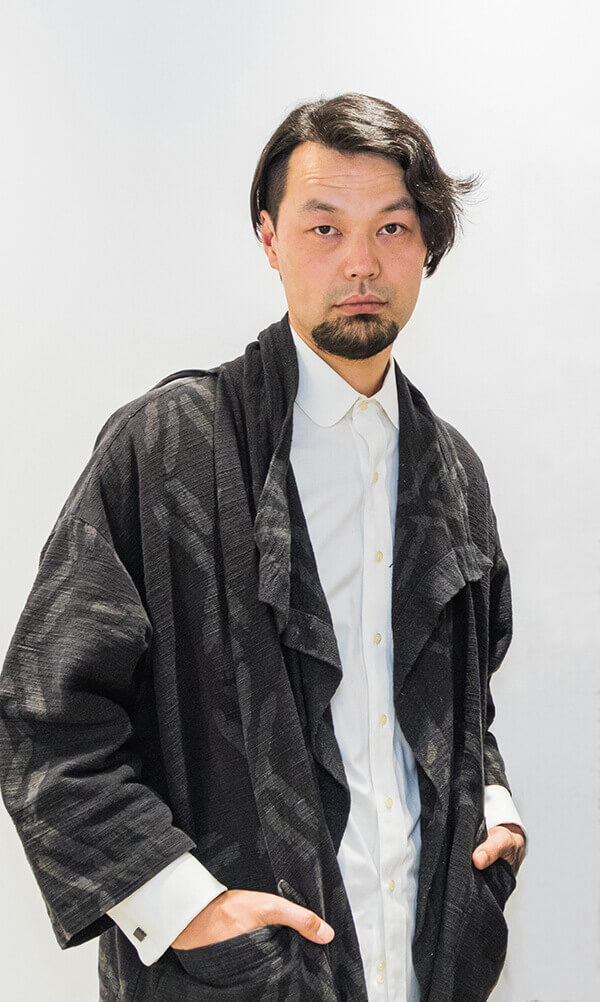
photo by vvpfoto
Born 1983, Tokyo. Ph.D. (Fine Art) Live and work in Tokyo. University of Tokyo, project Researcher. Murayama, who studied painting, explores the temporality and emergence of human acts of creation (poiesis) within the theoretical frameworks of biological systems and the philosophy of science.
As seen in his representative series Woven Paintings, Murayama expresses the processes and patterns of self-organization through his drawings and paintings. In recent years, Murayama has extended his artistic endeavors by collaborating with scientists on AI pattern recognition and generation. These collaborations aim to deepen human understanding of and sensitivity towards artificial intelligence.
Suidobashi Area
Tokyo Dome City
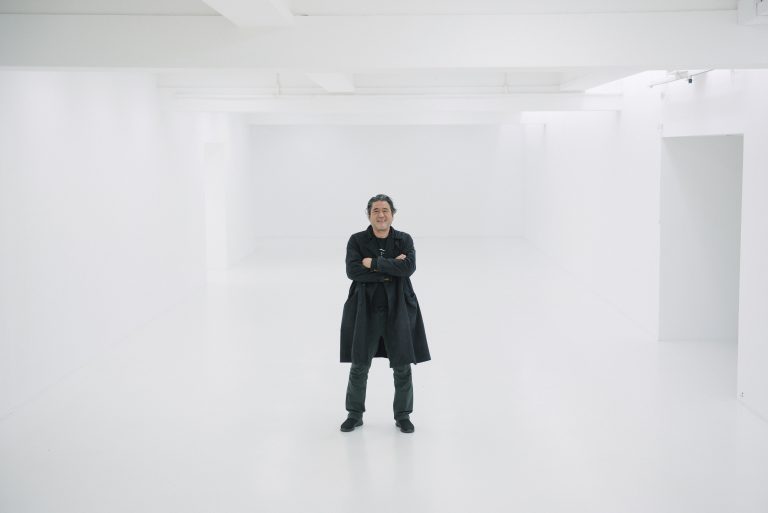
Artist, Professor at Tokyo University of the Arts (Department of Painting). Born 1963 in Odate City, Akita, Japan. In the early 1990’s, he set up guerilla art projects –THE GINBURART in Ginza and Sinjuku Shonen Art in Shinjuku’s Kabukicho district (1993). In 1997, he formed an alternative artist initiative called “commandN.” Activities of this group include the international video installation “Akihabara TV” held multiple years in 1999, 2000, and 2002. His work was displayed in the 49th Venice Biennale (2001) Japan Pavilion First & Slow exhibition.
From 2004, he founded a number of art projects including himming in Himi (Toyama Pref.) and ZERODATE in Odate (Akita Pref.) Nakamura then founded 3331 Arts Chiyoda in June 2010 as an independent and sustainable art center. With an extensive background in a variety of expressive activities, starting in summer 2020 he is taking on the challenge of developing the Tokyo Biennale, an art festival that will dig for the cultural and artistic resources underlying the city of Tokyo.
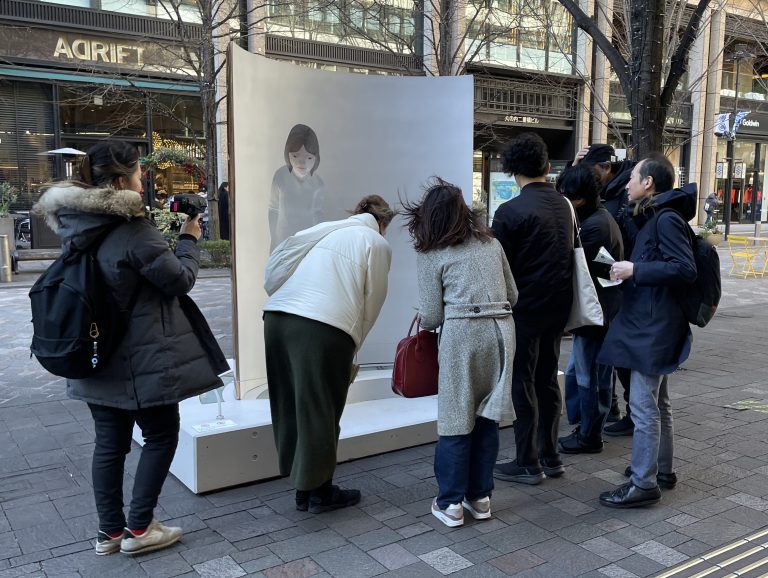
Masato Nakamura's Otemachi, Marunouchi, and Yurakucho Sanpo
Witness the moment of insight!
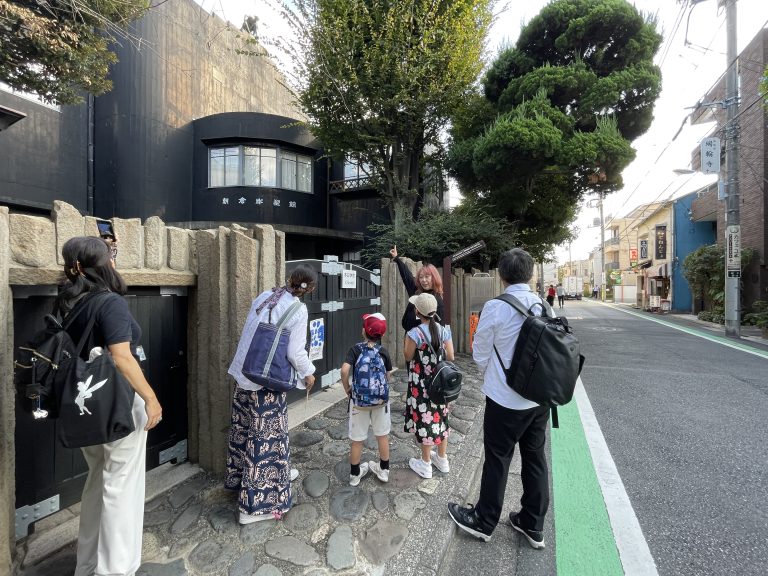
The Art Interpreter Training Course: Beginner Level
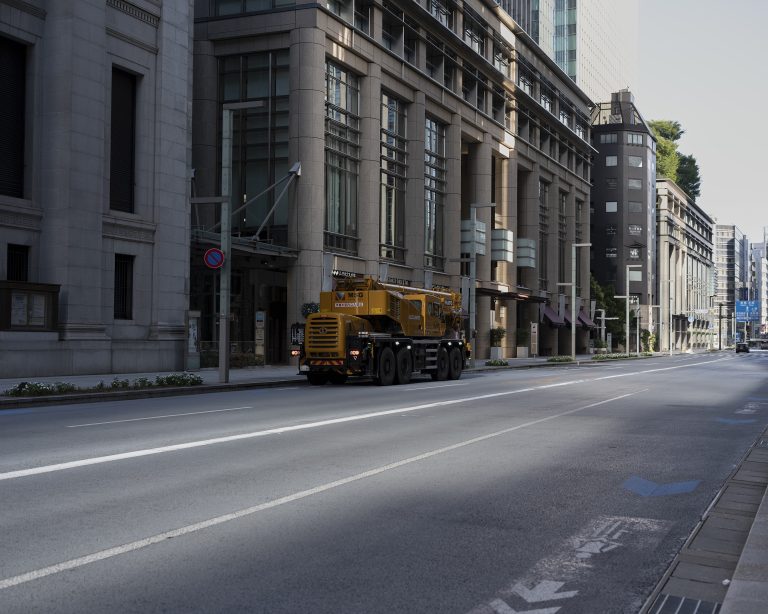
Special Talk: Tokyo Perspective – The Photographer’s Gaze
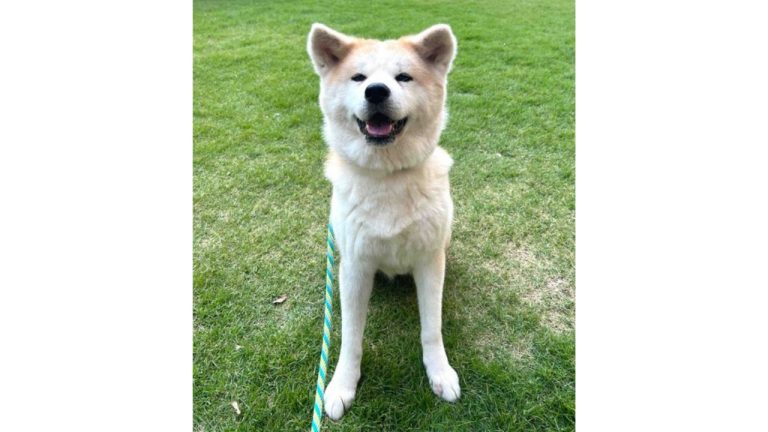
Nono Sanpo
Discover the Beauty of Wooden Architecture
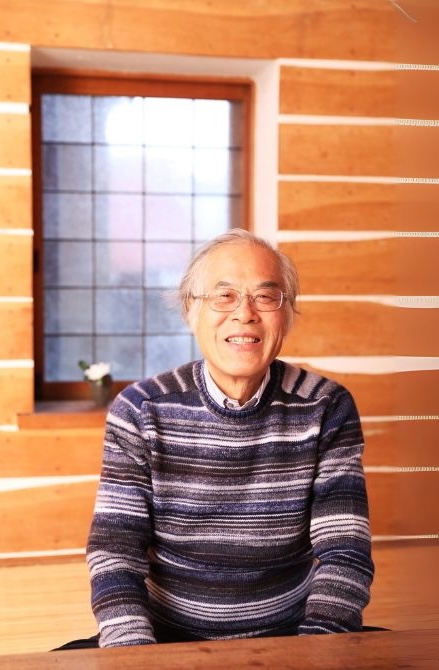
Terunobu Fujimori Unravels Kanda's Billboard Architecture : A Dialogue on Art and Architecture between Masato Nakamura and Terunobu Fujimori.
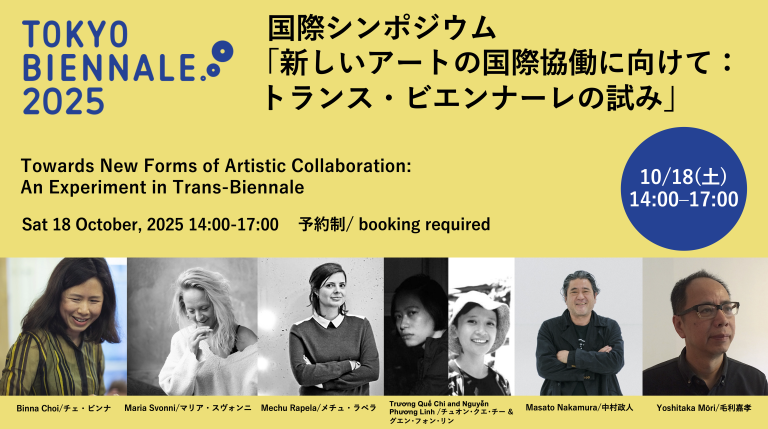
Towards New Forms of Artistic Collaboration: An Experiment in Trans-Biennale
Nihonbashi/Bakurocho Area
Etoile Kaito Living Bldg.

Graduated in 2023 with a BFA in Oil Painting from the Department of Painting, Tokyo University of the Arts. Major solo exhibitions include Tamashii (GALLERY MERROW, Tokyo, 2023), Kokoro kara no Kotoba [words from the heart] (Yubido, Tokyo, 2024), and Iro, Hito, Katachi [color, people, form] (NOHGA HOTEL Ueno Tokyo, 2024). Group exhibitions include the 2nd Saga University ⇆ Tokyo University of the Arts ⇆ IAMAS Exchange Exhibition Kanjo Kosaten (Saga University Museum, 2022) and the 71st Graduation Works Exhibition of Tokyo University of the Arts (Tokyo University of the Arts, 2023).
[Artist’s Statement]
At some point, I found myself wanting to change the world. When I look around, I see anxiety, fear, and indifference gaining ground in many parts of our society. For people to express themselves freely, to embrace each other’s differences, and to build a better world together by complementing one another’s strengths and weaknesses, we must begin by confronting the fears and uncertainties that quietly reside within our own hearts—often without us even noticing. I happen to be someone who paints, and I’m grateful for the chance to show my work. But ultimately, my real task is to live each day as honestly and consciously as possible. What choices lead to growth? What forms of expression carry clarity and meaning? And which ones are destructive or empty? These questions guide me, whether I’m in front of a canvas or moving through everyday life. This axis remains unchanged—both in art and in the world outside it.
Otemachi/Marunouchi/Yurakucho Area
Otemachi First Square
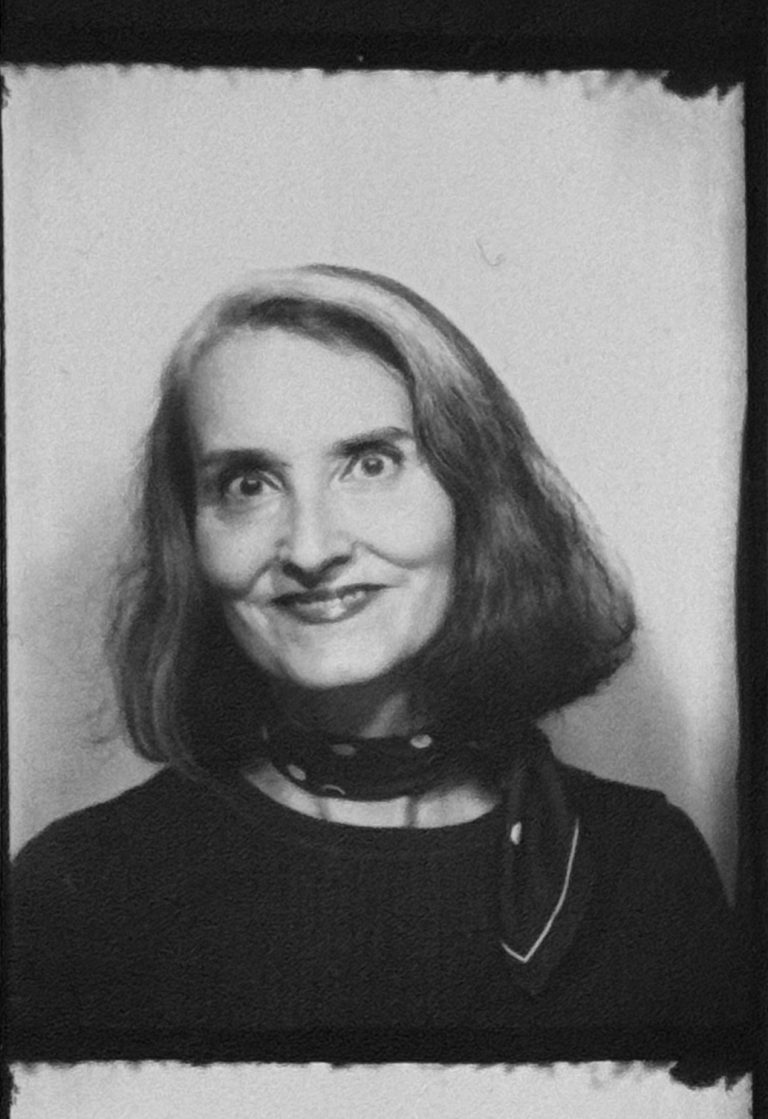
Elke Reinhuber is a media artist, educator and researcher, Associate Professor at the School of Creative Media (SCM), City University of Hong Kong. With her award winning and internationally presented works, she explores different modes of presentation and strategies of storytelling to emphasise the parallel existence of multiple truths of the here-and-now.
Her Alter Ego, the Urban Beautician, tries to improve neglected details in our urban environment with non-intrusive interventions in public space and performances to camera. She takes care of things no one else does. These overlooked details in urban space gain a new breath of life through performance, installations, video and photography.
Nihonbashi/Bakurocho Area
Etoile Kaito Living Bldg.
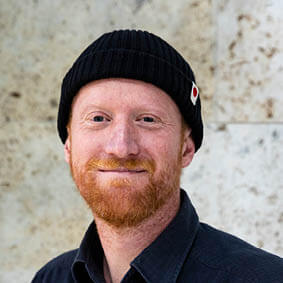
A landscape architect, artist, and placemaker based in Copenhagen, Denmark, and Malmö, Sweden. Co-founder of BY RUM SKOLE, a studio specializing in creating environments that prioritize the participation of children and young people, and founder of Byhumle, the world’s first urban hop farm.
Nihonbashi/Bakurocho Area
Etoile Kaito Living Bldg.
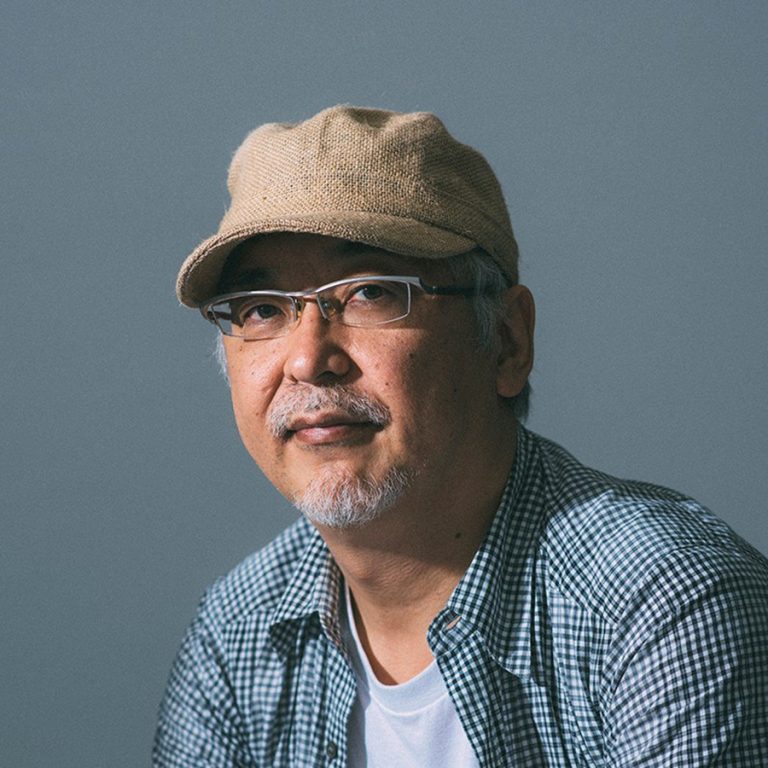
Photo by Masanori Ikeda (YUKAI)
Art Director, designer, painter. Born 1961 in Tokyo. After graduating from Hokkaido University of Education, Sato studied sociology of education and sociolinguistics at Shinshu University. He then completed painting courses by Mokuma Kikuhata at Bigakko. In 1998, he founded the company Asyl Design (current name: Asyl).Sato produced the local project Central East Tokyo during 2003–2010. In 2010, he was involved in the founding of the art center, 3331 Arts Chiyoda.
From his participation in the local art festival, Trans Arts Tokyo, he began to shift his focus on creating drawings. He has received numerous awards in Japan and overseas including his work becoming part of the San Francisco Museum of Modern Art’s Permanent Collection. Professor at Tama Art University.
Otemachi/Marunouchi/Yurakucho Area
① Gyoko-dori Underground Gallery
② Otemachi Park Bldg. 1st Floor Entrance
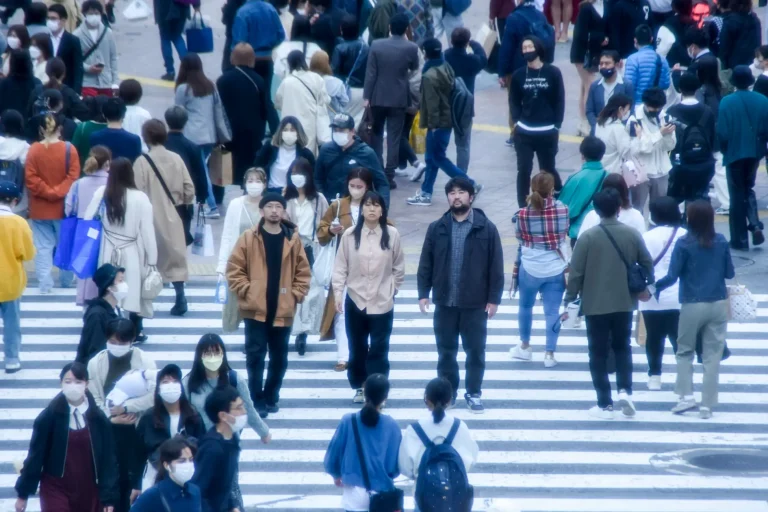
photo by Shin Hamada
Active since 2012, the collective consists of Sakie Takasu, Tohru Matsushita, and Taishi Nishihiro, with film director Kazunobu Harimoto joining as a visual collaborator. Centering their practice on the theme of “noise in the landscape,” they create and present works primarily in public and street settings. Their programs often involve collaborations with a wide range of artists engaged in street culture.
Nihonbashi/Bakurocho Area
Etoile Kaito Living Bldg.
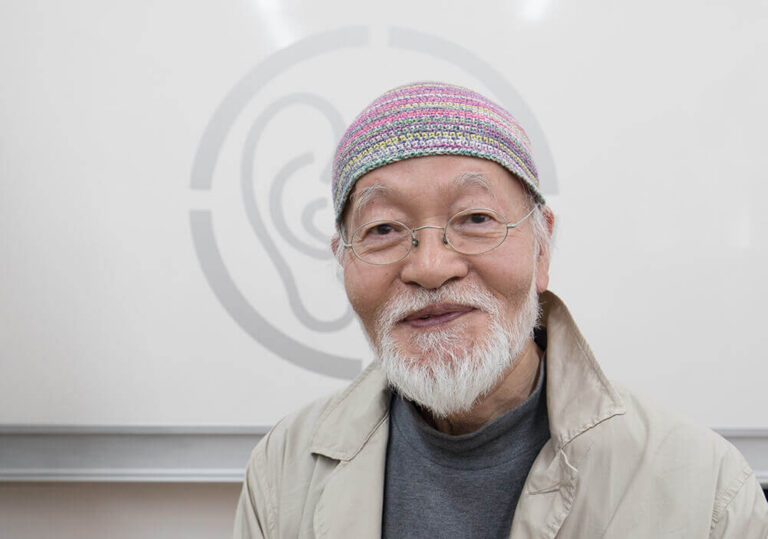
Courtesy of Beethoven Foundation for Art and Culture Bonn / Photo by Meike Boeschemeyer
Sound artist. Born in 1941. Since his infamous Throwing Objects Down a Staircase event at Nagoya Station in 1963 and the self study events which followed, where he explored the processes of “projection” and “following” in the natural world, Suzuki has pursued listening as a practice. In the 1970s he created and began performing on a number of original instruments, including the echo instrument Analapos. In 1988 he performed his piece Space in the Sun, which involved purifying his ears for twenty four hours in nature on the meridian line that runs through Amino, Kyoto. In 1996, he began his “oto da te” project where he seeks out echo points in the urban environment. Has performed and exhibited at many venues and music festivals around the world, including Documenta8 (Germany,1987), the British Museum (2002), Musée Zadkine (France, 2004), Kunstmuseum Bonn (Germany, 2018), Museum of Contemporary Art Tokyo(Tokyo, 2019), etc.
Ueno/Okachimachi Area
Kanda/Akihabara Area
Nihonbashi/Bakurocho Area
Yaesu/Kyobashi Area
①Toeizan Kan'ei-ji Temple Kompon Chu-do
⑫⑬ Benten-do Temple
⑩⑪ Around Matsuzakaya Ueno
⑧⑨ Around Suehirocho Station
⑤⑥ Around Etoile Kaito Living Bldg.
①②③④ Around the Kyobashi Saiku
(Artizon Museum/TODA BUILDING)
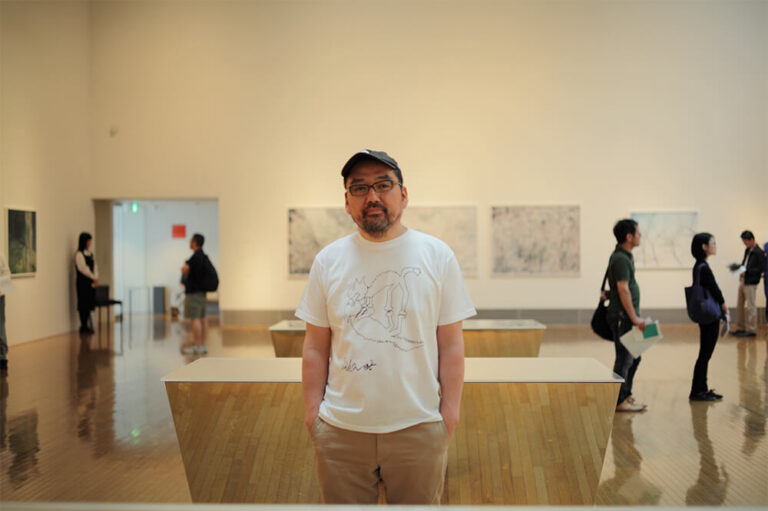
Born 1963 in Shingu, Wakayama, Japan. In 1998, he published KUMANO, his first photo book, composed of sequences on the subject of visualizing points of view moving from here to there, shifting settings, and temporal change. In 2000, he won the 25th Ihei Kimura Photography Award for his photo book PILES OF TIME. Consistently making an analytic focus on the act of seeing as the basis of his work, he continues to photograph on themes that include Kumano, Mont Sainte-Victoire, Paul Cezanne’s studio, cherry trees, snow.
Major exhibitions include Photography and Painting—From Cézanne: Shibata Toshio and Suzuki Risaku (Artizon Museum, Tokyo, 2022), Stream of Consciousness (Marugame Genichiro-Inokuma Museum of Contemporary Art, Kagawa; Tokyo Opera City Art Gallery; Tanabe City Museum of Art, Wakayama, 2015-2016), Water Mirror (Kumano Kodo Nakahechi Museum of Art, Wakayama, 2016), and Kumano, Yuki, Sakura (Tokyo Metropolitan Museum of Photography, 2007).
Nihonbashi/Bakurocho Area
Etoile Kaito Living Bldg.
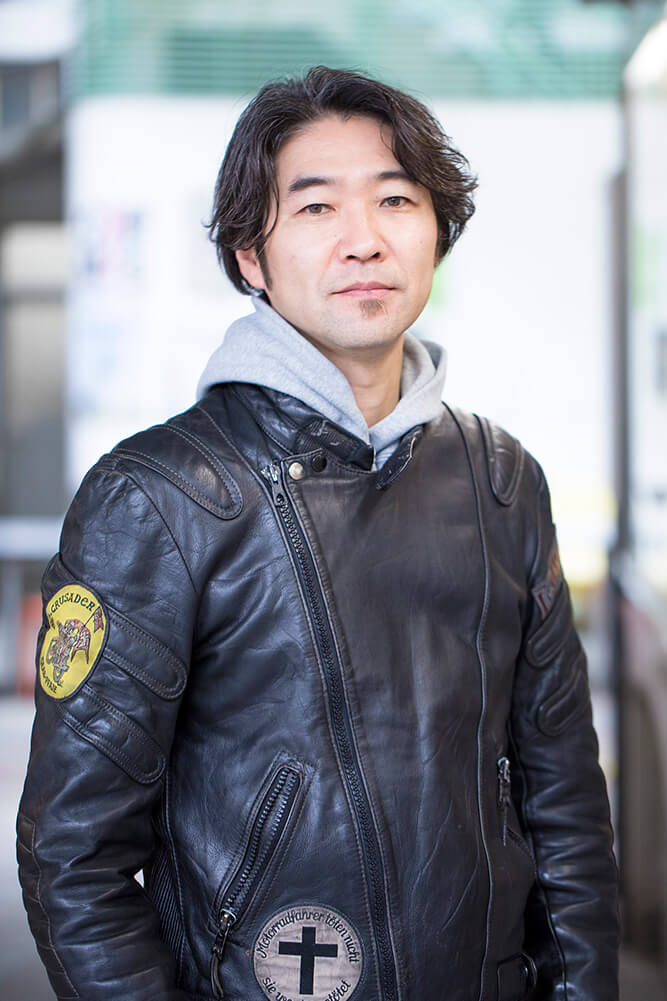
He creates works that explore the relationship between society and the individual from perspectives of the mass and the miniature. As an early member of commandN, which planned projects such as Akihabara TV, he was involved in planning, management, and design until 2008. At the Tokyo Biennale 2020/2021, in the SOCIAL DIVE project, his work Sweet Democracy featured a model of the National Diet Building made of sugar cubes, which was exhibited alongside a workshop titled “1/2 Right to Vote,” where ants were allowed to eat the structure. Notable group exhibitions include Early 90’s Tokyo Art Squad (3331 Arts Chiyoda, 2020) and Neo Tokyo (Museum of Contemporary Art Sydney, 2001).
Nihonbashi/Bakurocho Area
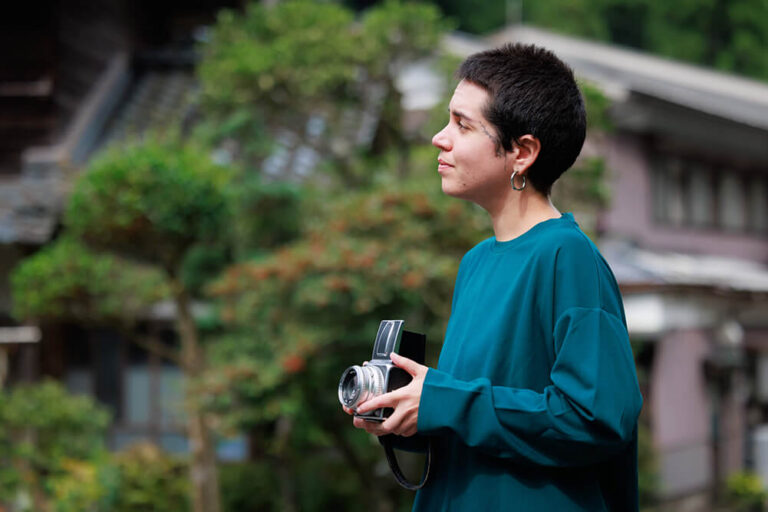
Camila Svenson is a Brazilian queer interdisciplinary artist and photographer based in São Paulo. Her research focuses on the relationship between people, memories, and places, and how these elements transform over time. Her work often involves participatory methods that include others in the creative process, exploring how encounters happen and how they are changed when mediated by a camera. In her practice, Camila collects objects, stories, events, ghosts, and images, and she is interested in living with these collections to observe how they evolve and intermingle over the years.
Nihonbashi/Bakurocho Area
Etoile Kaito Living Bldg.
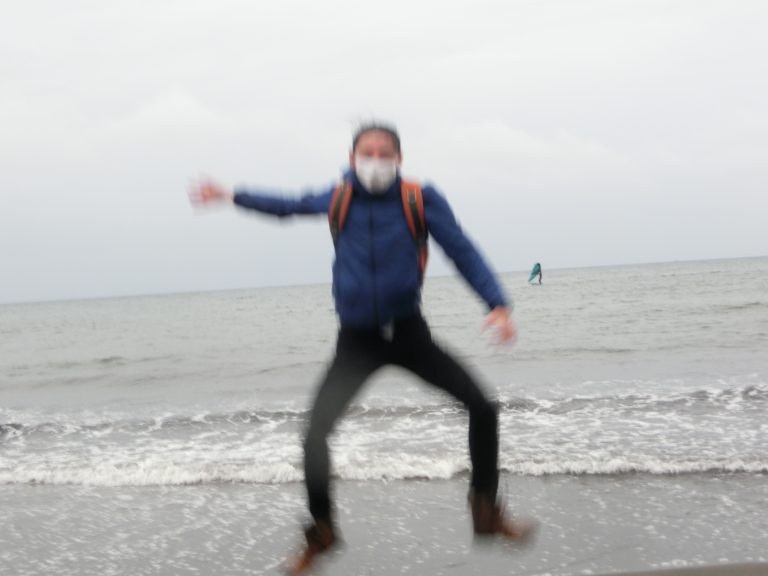
Born in 2000.Graduated from Tokyo University of the Arts, Faculty of Fine Arts, Department of Painting in 2025.
Nihonbashi/Bakurocho Area
Etoile Kaito Living Bldg.
Online (website)

Tenthaus Art Collective is an Oslo-based artist collective that has been working together in various constellations since 2009. Their art practice emphasizes process, focusing on community engagement, collectivity, and inclusivity.
Presentated by Tenthaus, the OVEN Network is a transnational network for artistic exchange. Rooted in collaboration the Oven brings together collectives across Southeast Asia and the Nordics to foster shared learning co-thinking and long-term engagement. We view art and design not as outcomes but as tools for observation friction and transformation.
It takes shape through art projects exhibitions research residencies workshops publications gatherings and moments of exchange adapting to the context around it. We welcome those with a shared curiosity to think collectively hold space for difference and explore new ways of moving forward.
Members:
Ida Uvaas
A movement artist exploring mobility across body, mind, and society. Through interdisciplinary, participatory works, she challenges structures and invites collective experiences across performance, visual art, and site-specific practices. @idauvaas
Shahrzad Malekian
An interdisciplinary artist working across performance, video, and sculpture, they use play to explore power, resistance, and care within public spaces and institutions. Recent exhibitions include SACO Biennial (2025) and Singapore Art Museum (2024). @shahrzad.malekian
Studio150
A Bangkok-based studio founded by Pat Laddaphan and Piyakorn Chaiverapundech, working across art, design, and publishing. Combining graphic design and curatorial approaches, they create socially engaged projects. The studio also co-found Bangkok Art Book Fair. www.studio150.info
Mechu Rapela
Curating porous structures for dialogue that bridge communities through art, care, and emergent forms of shared knowledge.
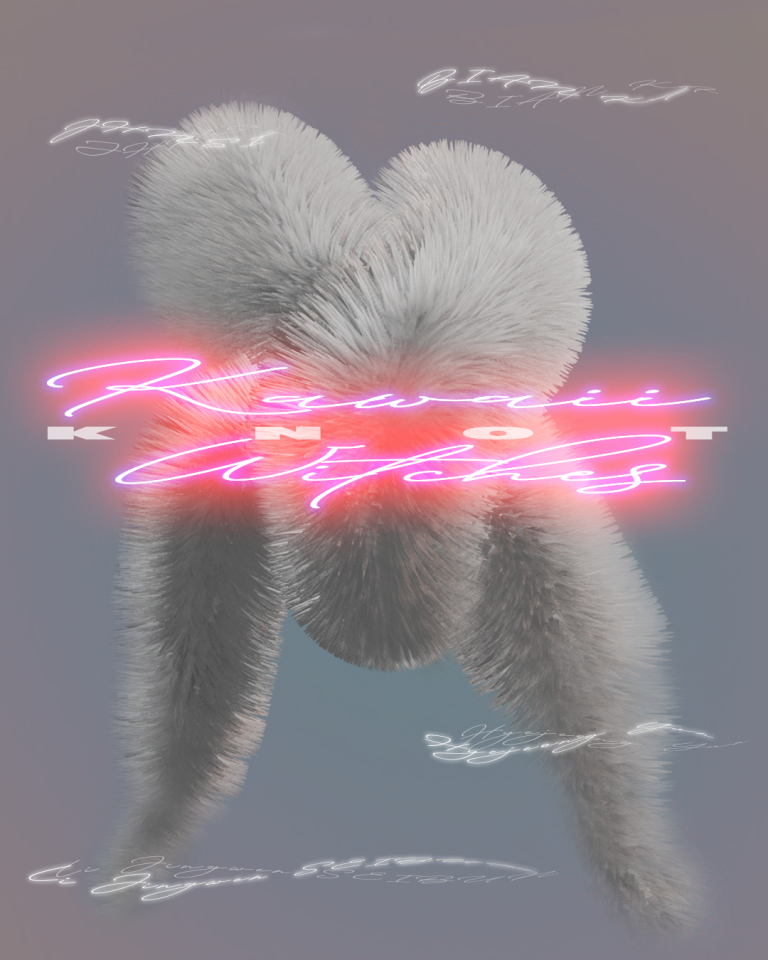
RRR OFFICE Sub-rent Program #5: Group Exhibition "Knot | Kawaii Witches"
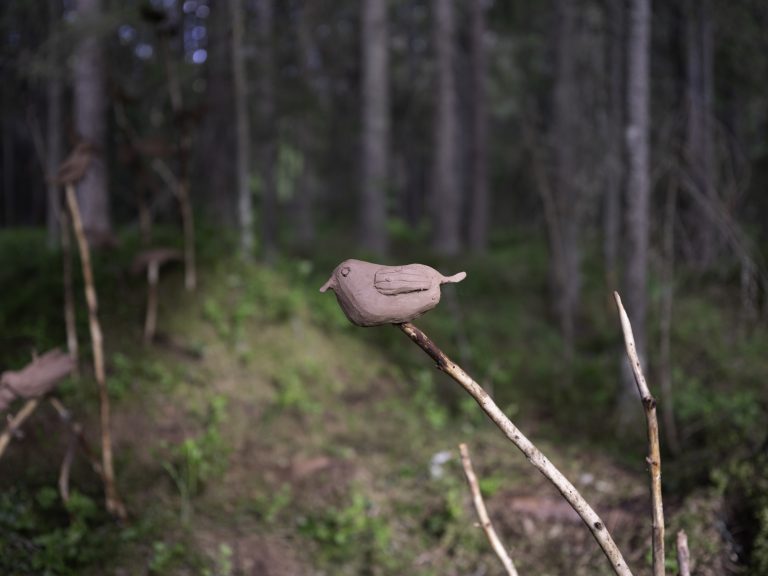
Ebba Moi and Anna Carin Hedberg | Eurasian Bird: Create Migratory Birds
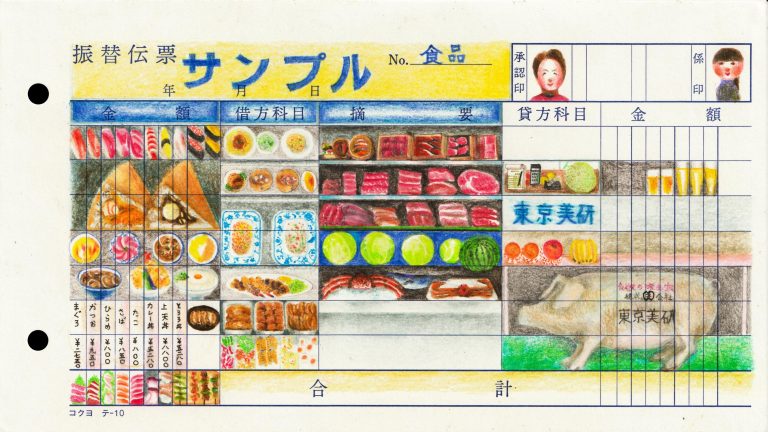
RRR OFFICE Sub-rent Program #4: Lily Onga
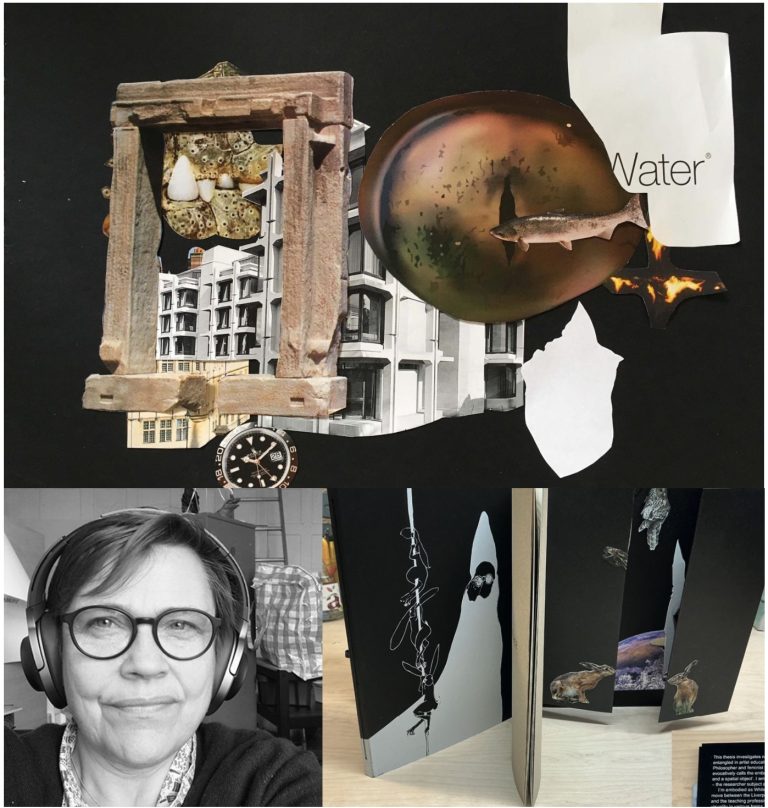
RRR OFFICE Sub-rent Program #3: Helen Eriksen – Forming Dialogue: Collaging and Assembling Identities Workshop
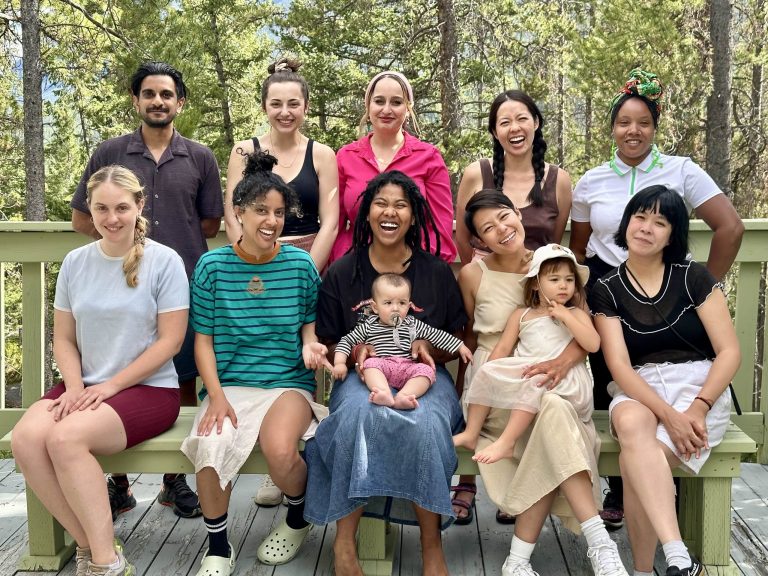
RRR OFFICE Sub-rent Program #2: Collective Collective
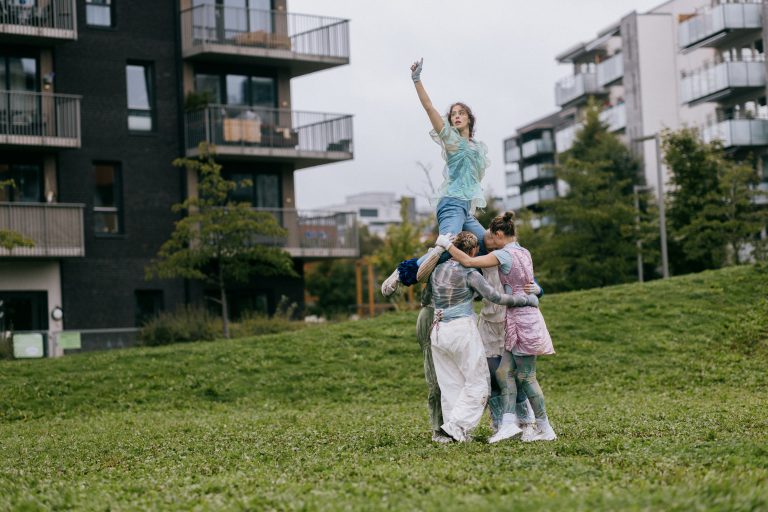
Shahrzad Malekian and Ida Uvaas | Performance "STIM – Kizuna"

Towards New Forms of Artistic Collaboration: An Experiment in Trans-Biennale
Kanda/Akihabara Area
Ebihara Shoten
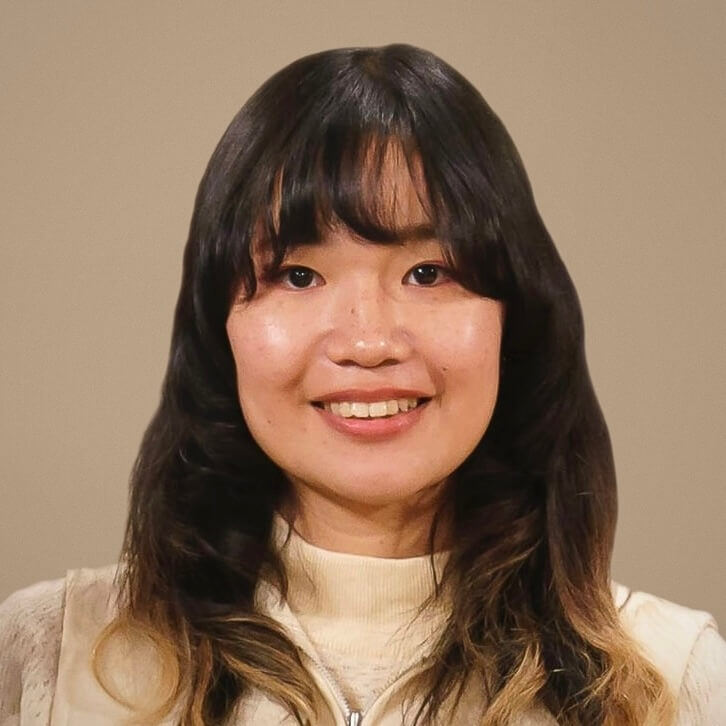
Using metal, Terauchi create works in which inner images and memories are deformed and intertwined with cities, natural objects, and personal belongings through the technique of metal casting. Major solo exhibitions include The Rendezvous with the Sensation (GINZA SIX, Ginza Tsutaya Books, Tokyo, 2024), Nendo no Heya (CREATIVE HUB UENO “es,” Tokyo, 2024), and JUMBLE DIVE (Bohemian’s Guild CAGE, Tokyo, 2023). Group exhibitions include the 71st Graduation Works Exhibition of Tokyo University of the Arts (The University Art Museum, Tokyo University of the Arts, 2023; Purchase Selection).
Nihonbashi/Bakurocho Area
Back alley of Nihonbashi Muromachi and Nihonbashi Honcho
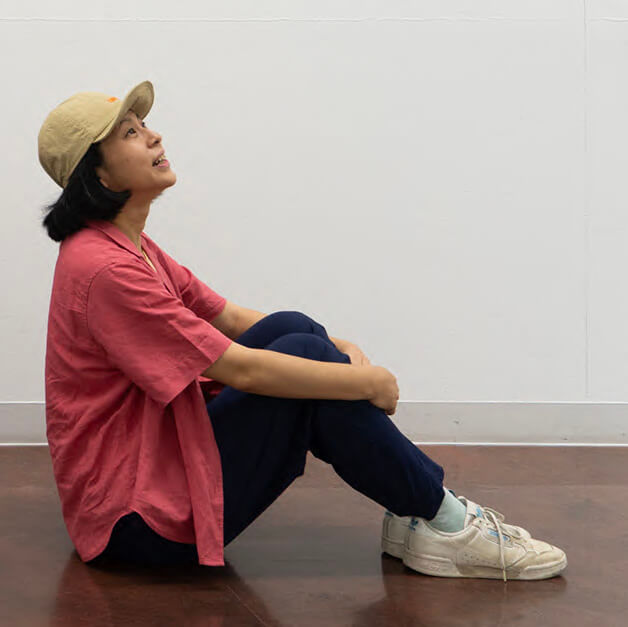
Born 1981 in Tokyo, Japan, Shoko Toda completed her master’s degree at Tokyo National University of Fine Arts and Music in 2006. She creates works based on the relationship between the body and landscape, using a method that combines video, sculpture, and drawing. Recently, she has been thinking about the flexible and interchangeable nature of existence that stretches and shrinks, appears and disappears. Solo exhibitions include Flowers, Horses, Conversation (Art Center Ongoing, Tokyo, 2024); exhibitions include Setouchi International Art Festival (Awashima, Kagawa, 2013 and 2016).
Nihonbashi/Bakurocho Area
Back alley of Nihonbashi Muromachi and Nihonbashi Honcho

Mariam Tovmasian is an Armenian visual artist and illustrator based in London. Her work explores the interplay of images and words through comics and publications, often juxtaposing existential questions with everyday experiences. Moving between countries has shaped her concern with permanence in fast-moving urban life, and her practice seeks ways to leave traces, stimulate reflection, and connect through shared experiences.
Nihonbashi/Bakurocho Area
Etoile Kaito Living Bldg.
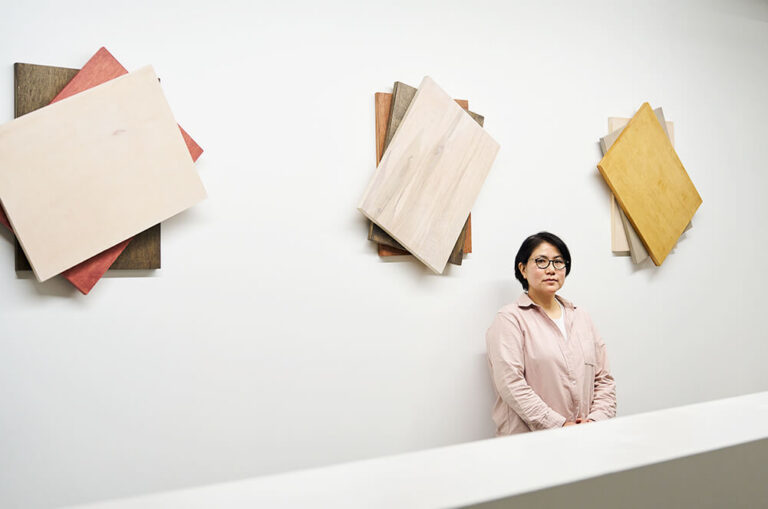
Born 1967 in Saitama, Japan, Toyoshima received her MFA from Tokyo University of the Arts in 1993. By taking a critical look at institutions and systems found in everyday life and in our society, Toyoshima focuses on creating works that shed light on the patterns found in human thought. Her recent solo exhibitions include Yasuko Toyoshima: Origination Method (Museum of Contemporary Art Tokyo, 2023), The Capital Room: Beyond Three Dimensional Logical Pictures vol.1 Yasuko TOYOSHIMA (2015, gallery αM). Her works have been presented at many group exhibitions, including Image Narratives: Literature in Japanese Contemporary Art (The National Art Center, Tokyo, 2019).
Nihonbashi/Bakurocho Area
Etoile Kaito Living Bldg.

Photo by Dat Vu & Jay Santiphap
Nguyen Phuong Linh (b. 1985) and Truong Que Chi (b. 1987) are longtime friends and colleagues. Nguyen’s practice contemplates form and time. Allusions to bodily movements in recent works convey her long-standing fascination with the body, its durability, and its resilience. As abstract renderings of social, historical, and autobiographical events and structures, Truong’s works delve into the spectacle of the everyday, its contrasting feelings, and its enigma.
Since 2021, the duo has undertaken collaborative projects as echoes of the synchronous rhythms of their lives that mirror one another. Their works, in juxtaposition, converse and conjure up a visceral sense of weight, height, and ephemerality. Among their shared interests are shadows of intergenerational loss and the corporeality associated with the female body in various aspects and contexts. Their works were presented at the Busan Biennale 2024 and the Asian Art Biennale 2024. They have been active as curatorial board members of Nha San Collective, an artist-run initiative in Hanoi, Vietnam since 2013.
Nihonbashi/Bakurocho Area
Etoile Kaito Living Bldg.
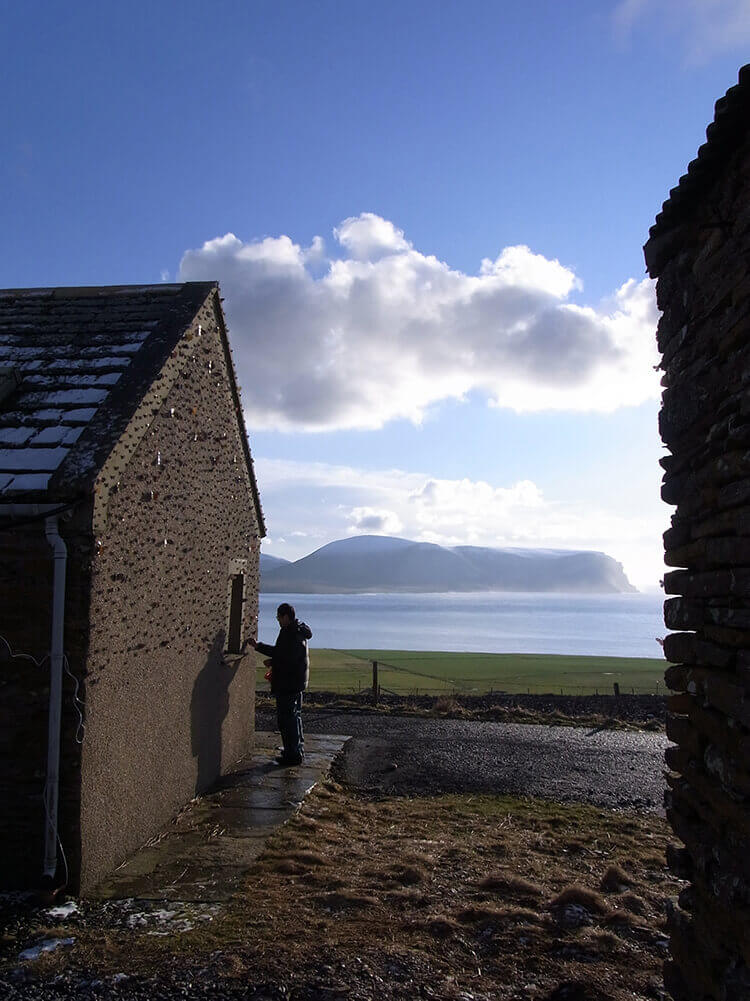
E.W_Artist in Residence_Orkney, Scotland 2010
1961 Born in Aichi, Japan. Lives and works in Nagoya, Aichi, Japan. 1985 Graduated from Sculpture Course, Aichi Prefectural University of Fine Arts and Music. 2004–2005 Studied at Edinburgh College of Art, Edinburgh (grant from Japanese Agency for Cultural Affairs). Group Exhibitions: Art Zuid 2017 (Art Chapel, Amsterdam, The Netherlands), 2013 NISSAN ART AWARD 2013 (BankART Studio NYK, Yokohama), 2010 Aichi Triennale 2010 (Nagoya); 2007 All about Laughter: humor in contemporary art, Mori Art Museum, Tokyo; 2001 Encounter (Tokyo Opera City Art Gallery).
Nihonbashi/Bakurocho Area
Etoile Kaito Living Bldg.
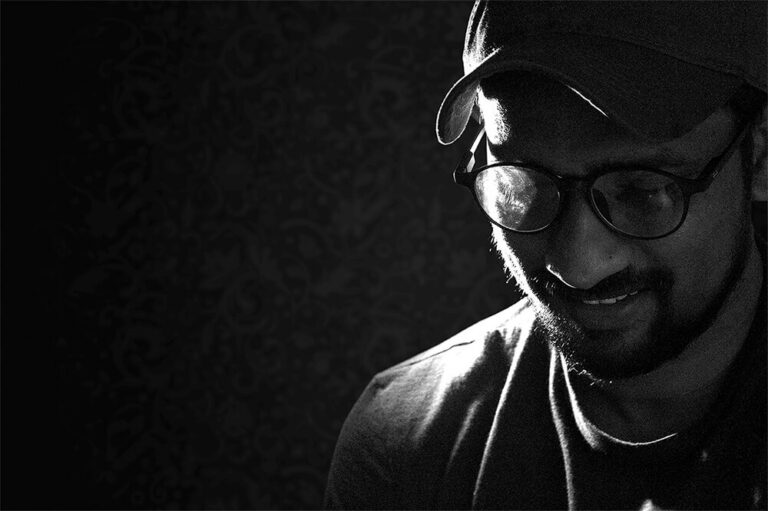
Photo by Anuruddhika Padukkage
Nalaka Wijewardhane is a Sri Lankan filmmaker, visual artist, and academic whose work explores postcolonial memory, representation, and the sensory power of moving images. A lecturer at the University of Colombo and a doctoral researcher, his focus on colonial-era ethnographic films informs his practice. Nalaka’s poetic, experimental works combine archival footage, soundscapes, and non-linear narratives to challenge inherited gazes and evoke unseen histories. Rooted in South Asian and Buddhist contexts, his films and installations investigate how cultural identities are constructed and mediated, offering new ways of seeing, remembering, and imagining the past.
Nihonbashi/Bakurocho Area
Etoile Kaito Living Bldg.
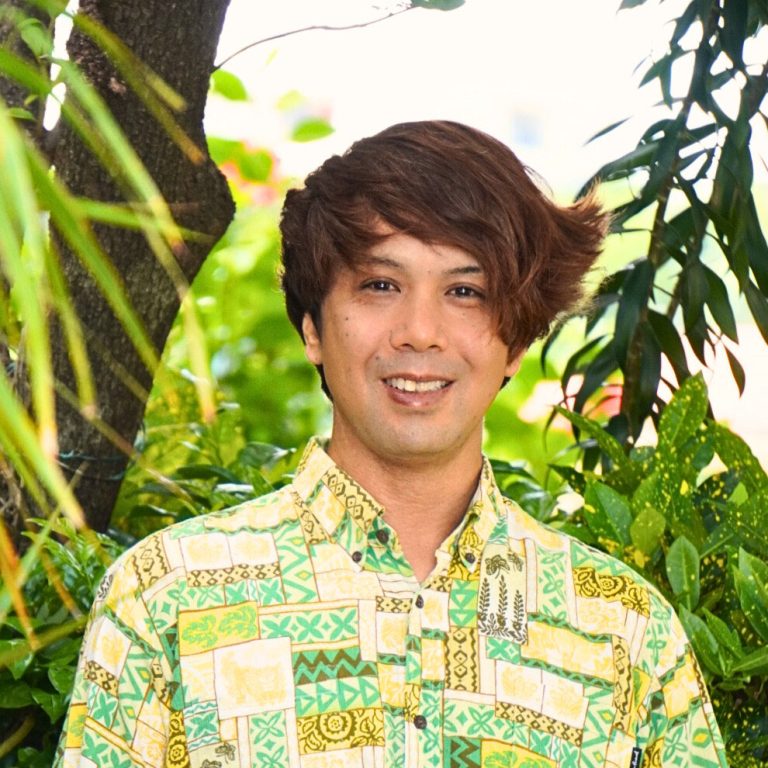
Born in Okinawa in 1979, Shun Yonaha earned a teaching license after graduating from the Faculty of Science at Ibaraki University in 2003. During his studies, he developed a deep passion for folkloric music and spent a year in Bolivia immersing himself in traditional South American music. Upon returning to Japan, he experienced a period of psychological difficulty, during which he spent 10 years compiling his thoughts into what he calls his “Brain Notes.” In 2013, he began creating art in earnest, developing an improvisational style that fuses text and imagery. To date, he has produced over 10,000 works. In 2021, one of his pieces was acquired by the Centre Pompidou (the national museum for modern art of France).
Yaesu/Kyobashi Area
Tokyo Station Yaesu North Exit in front of Daimaru Tokyo